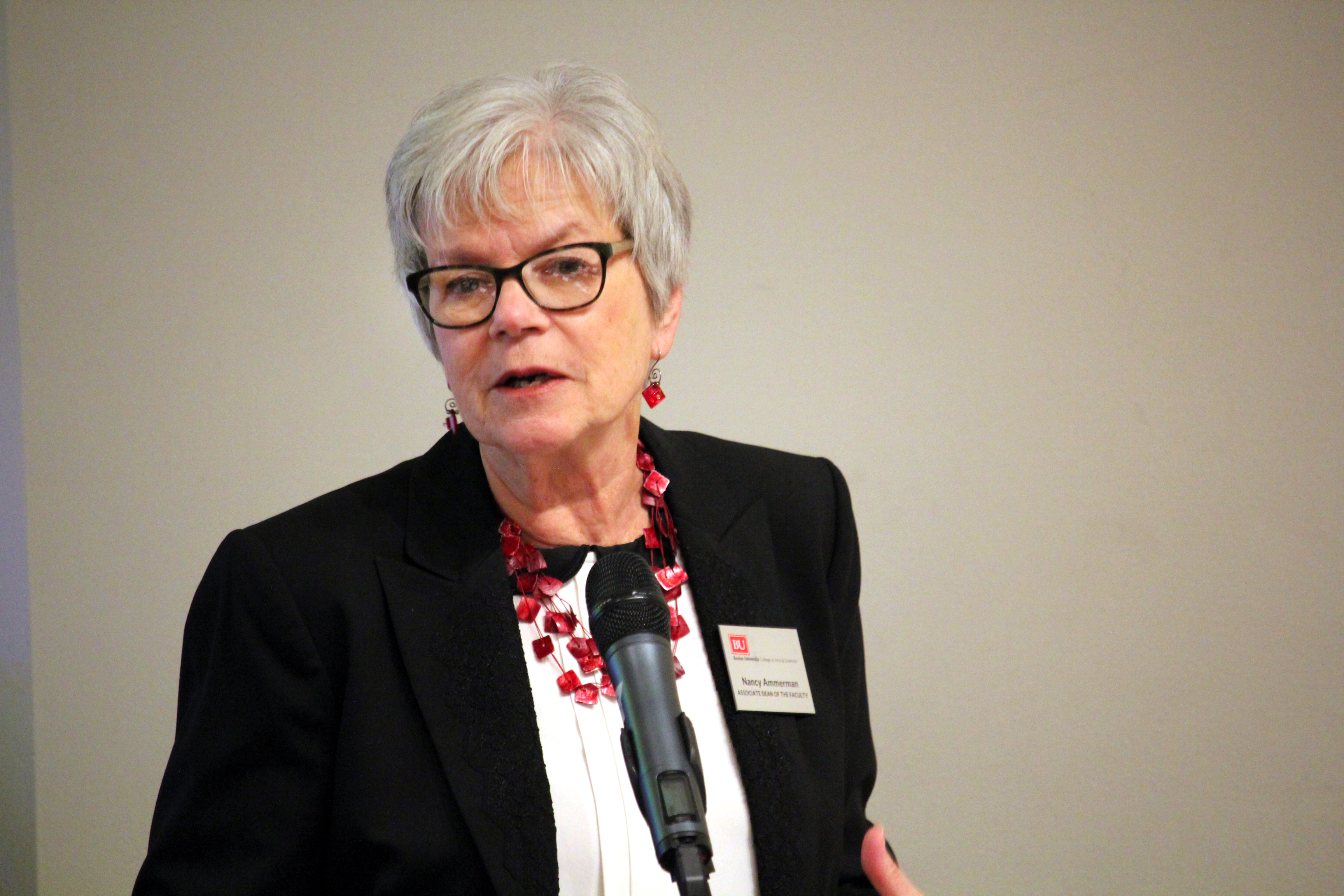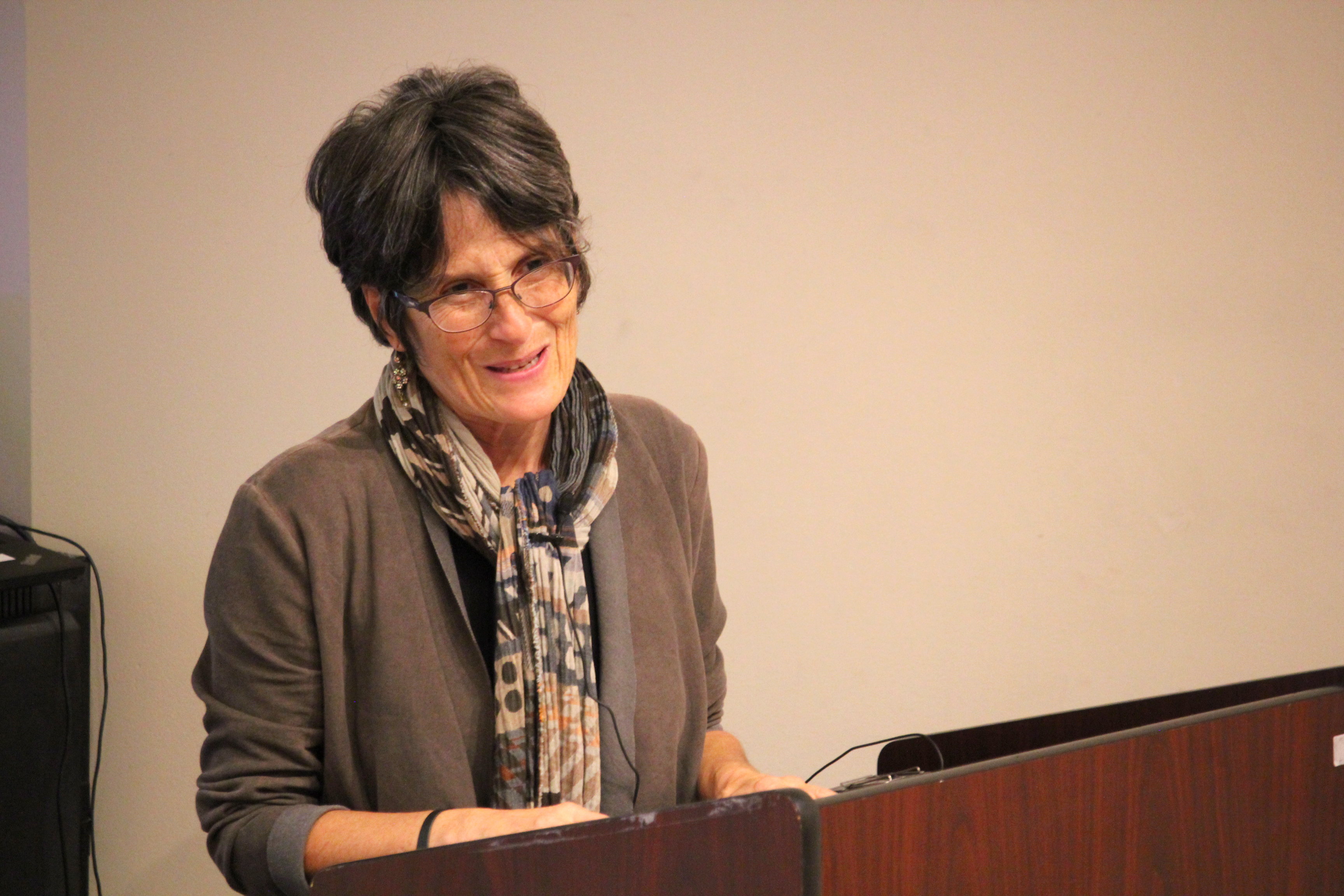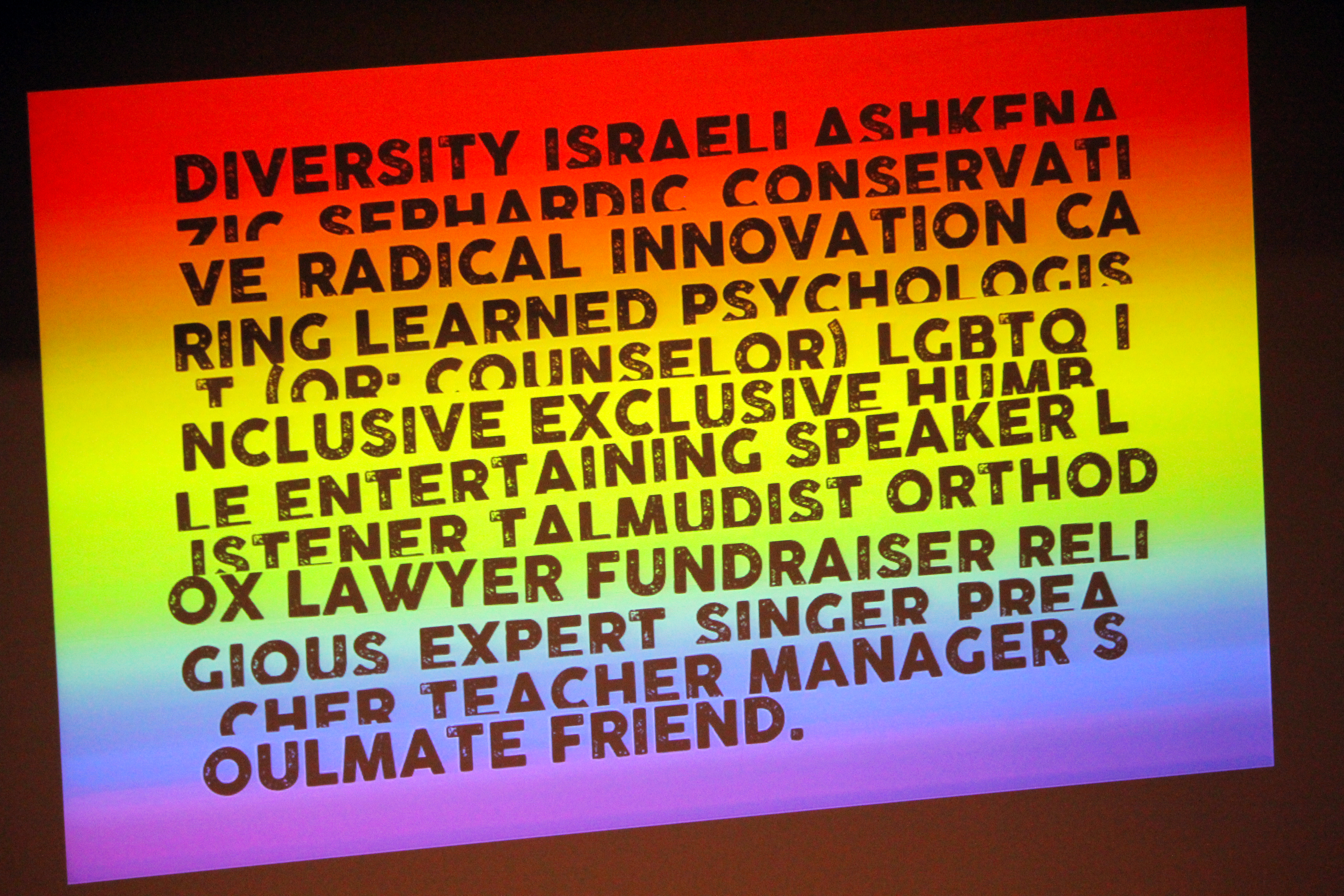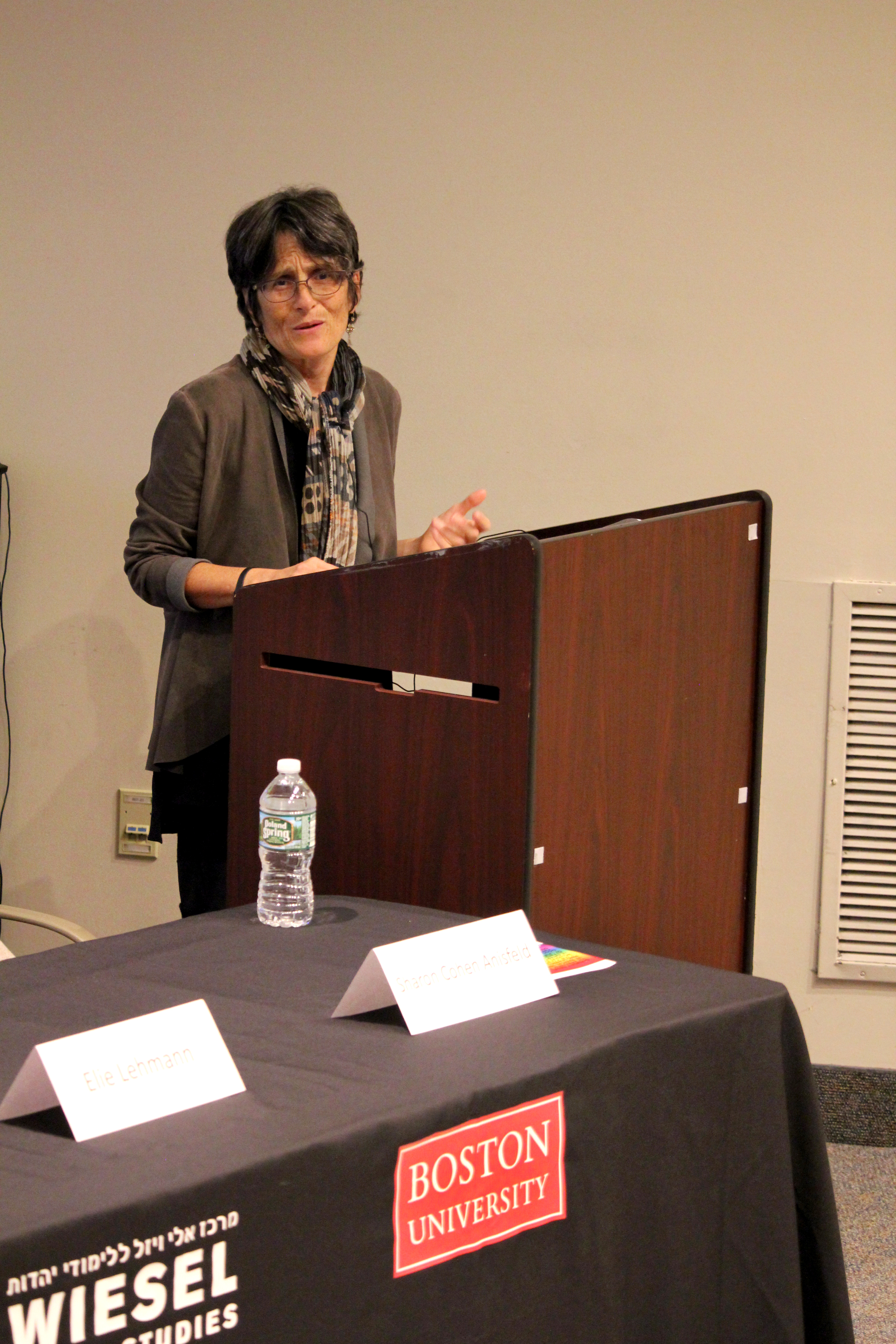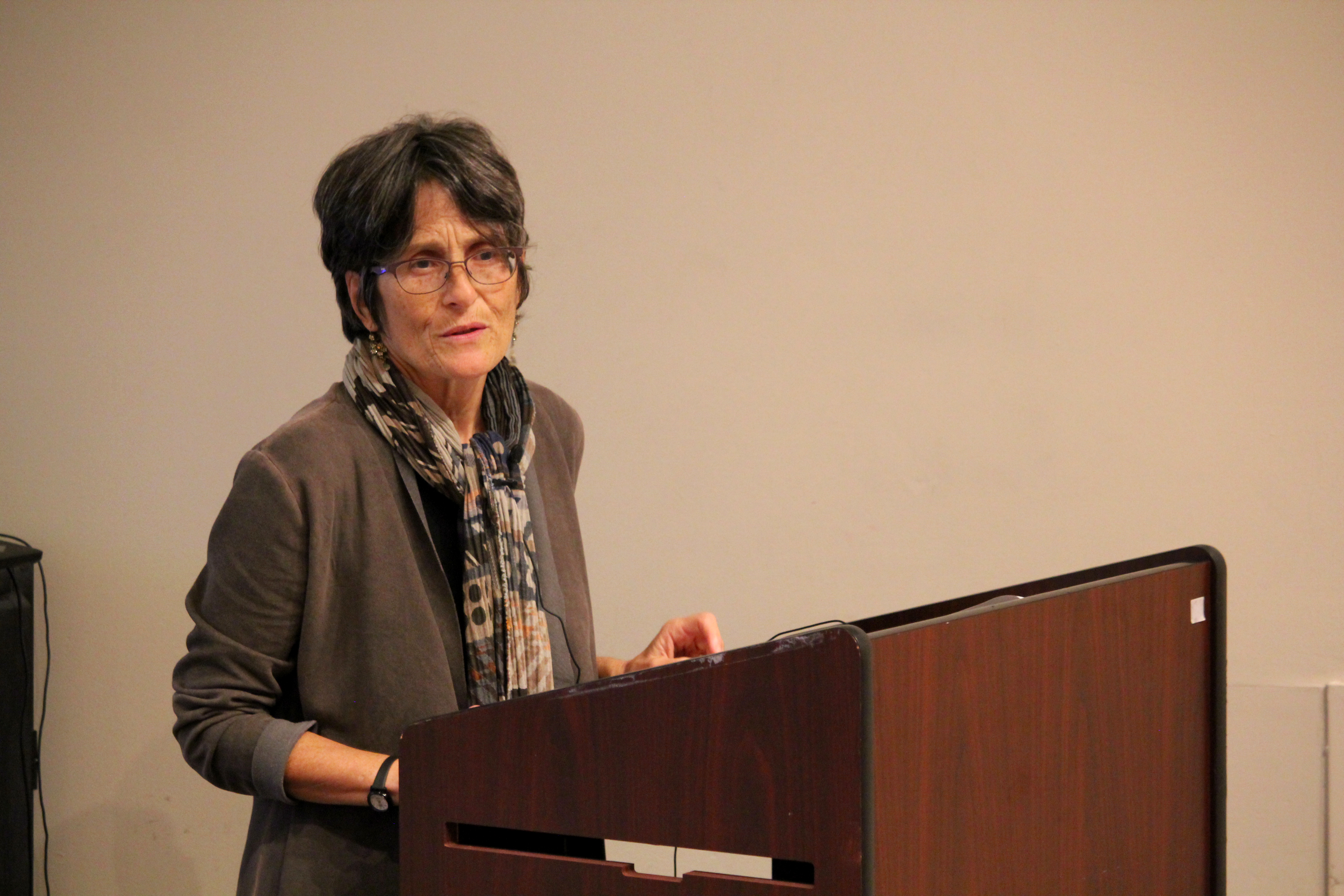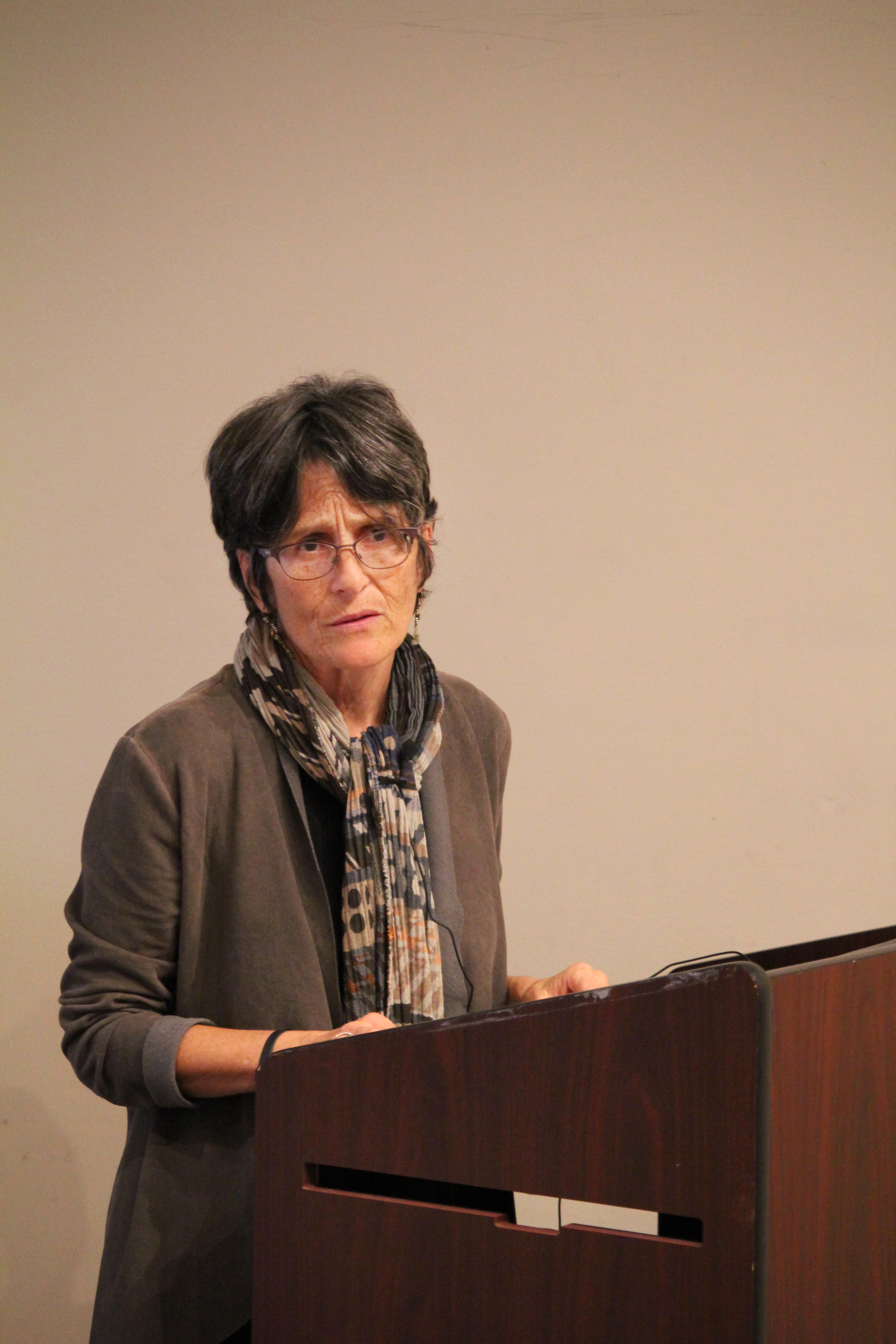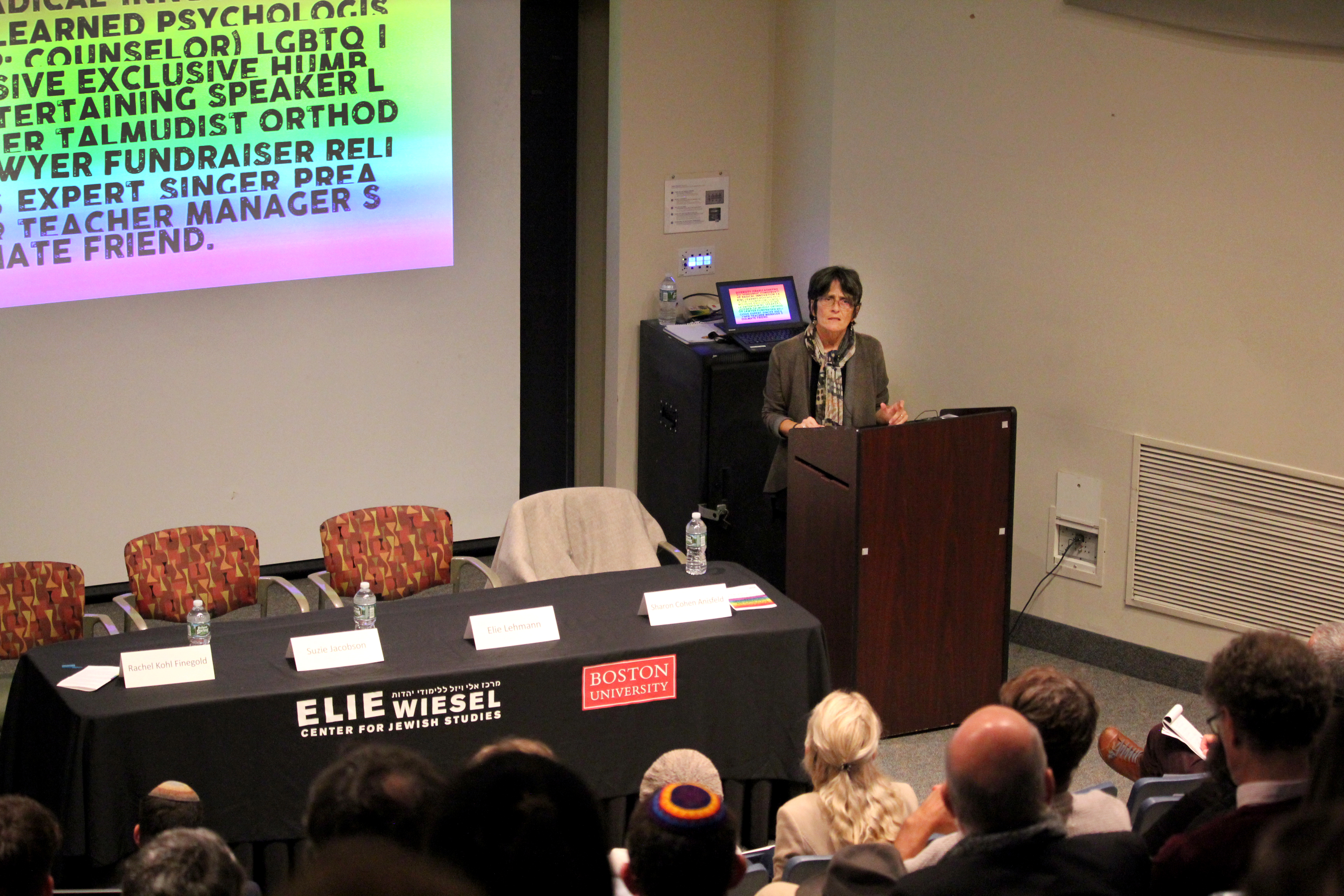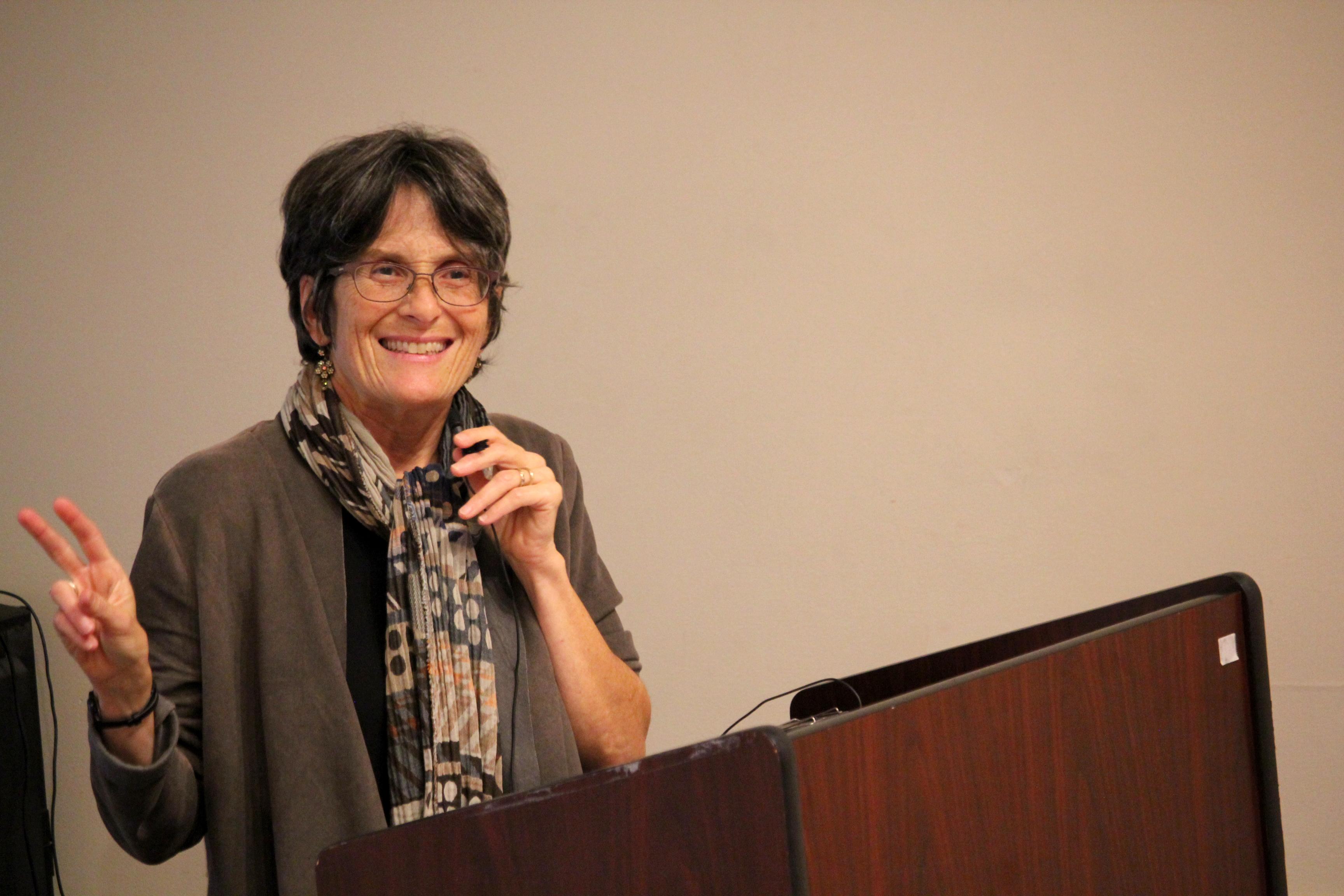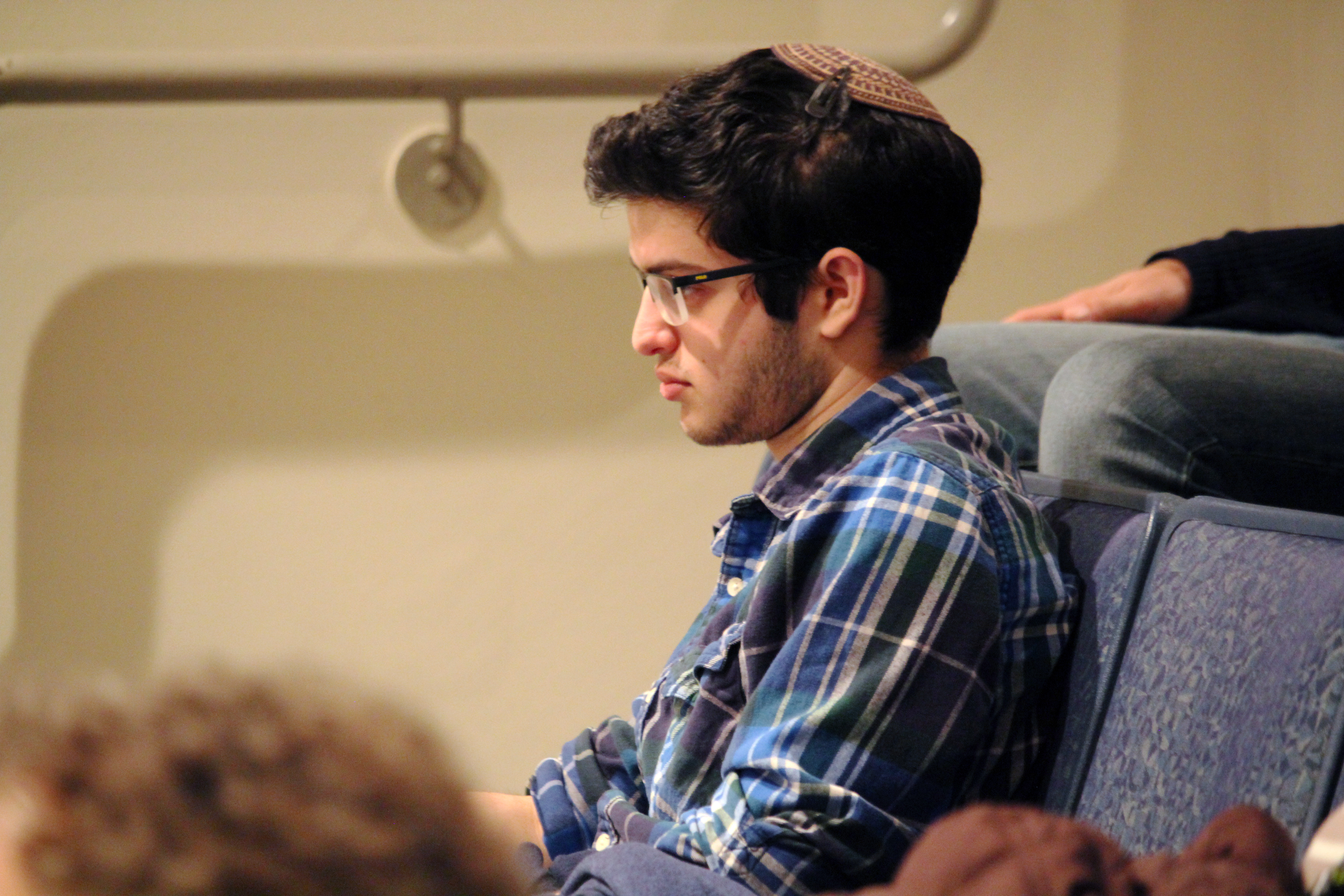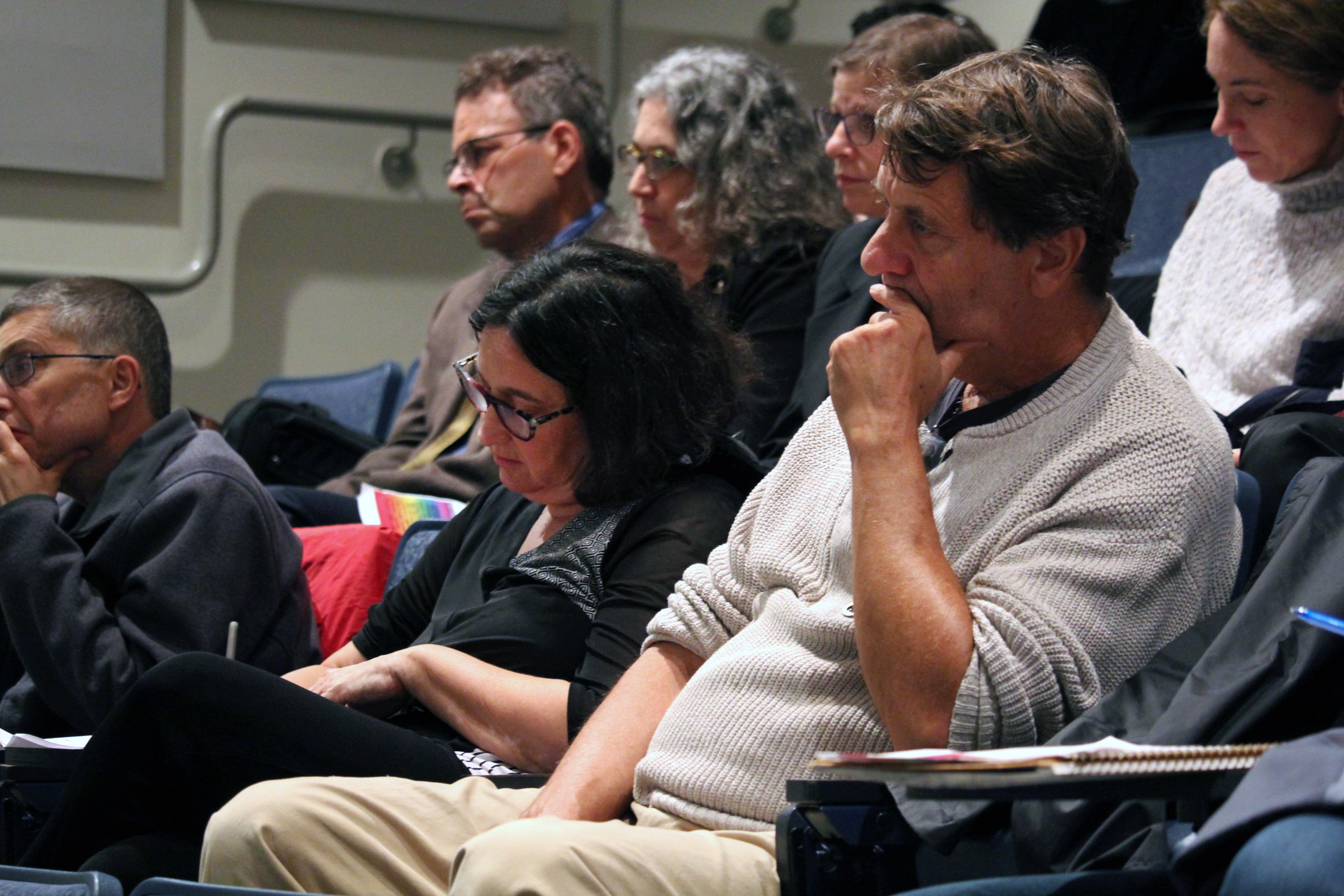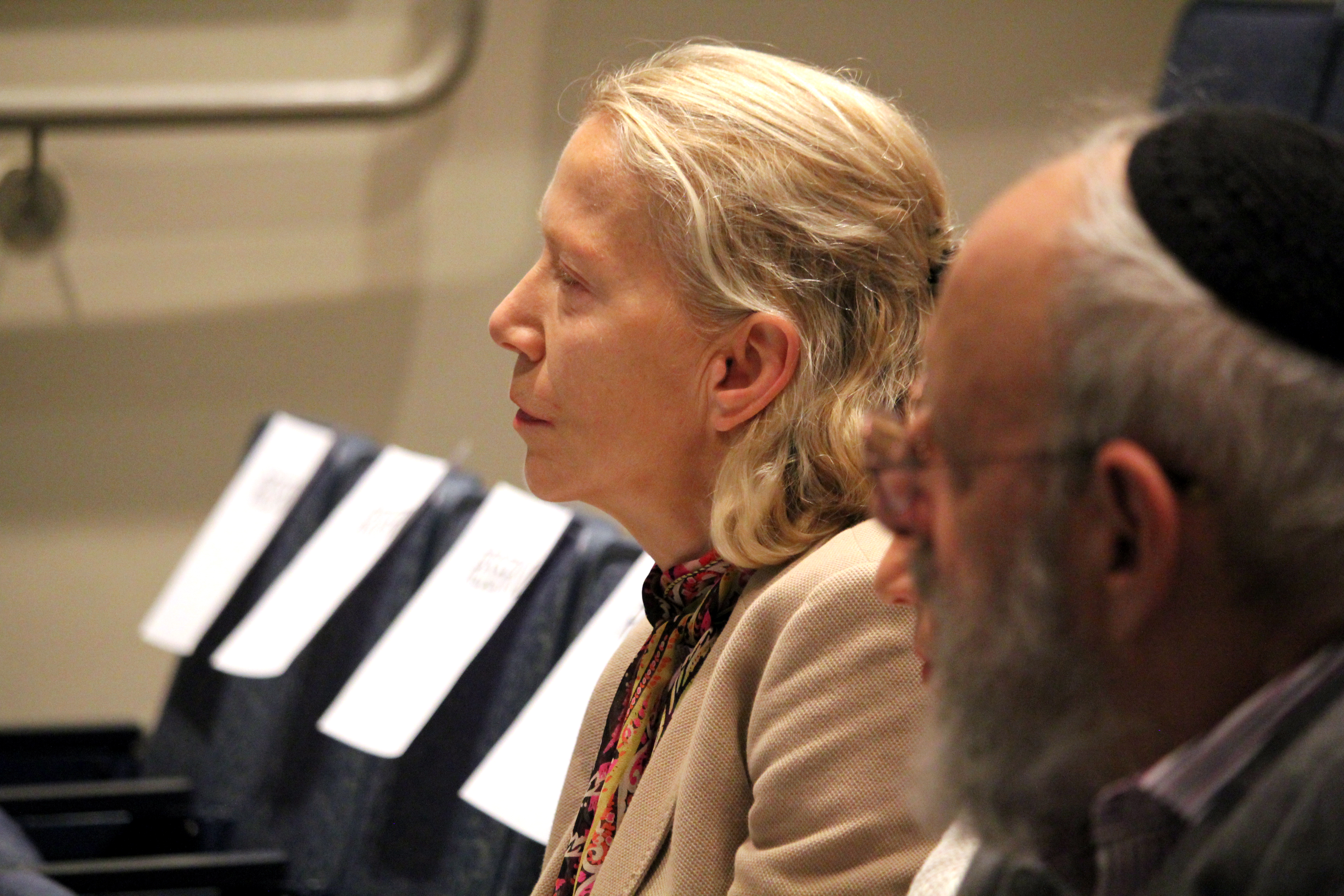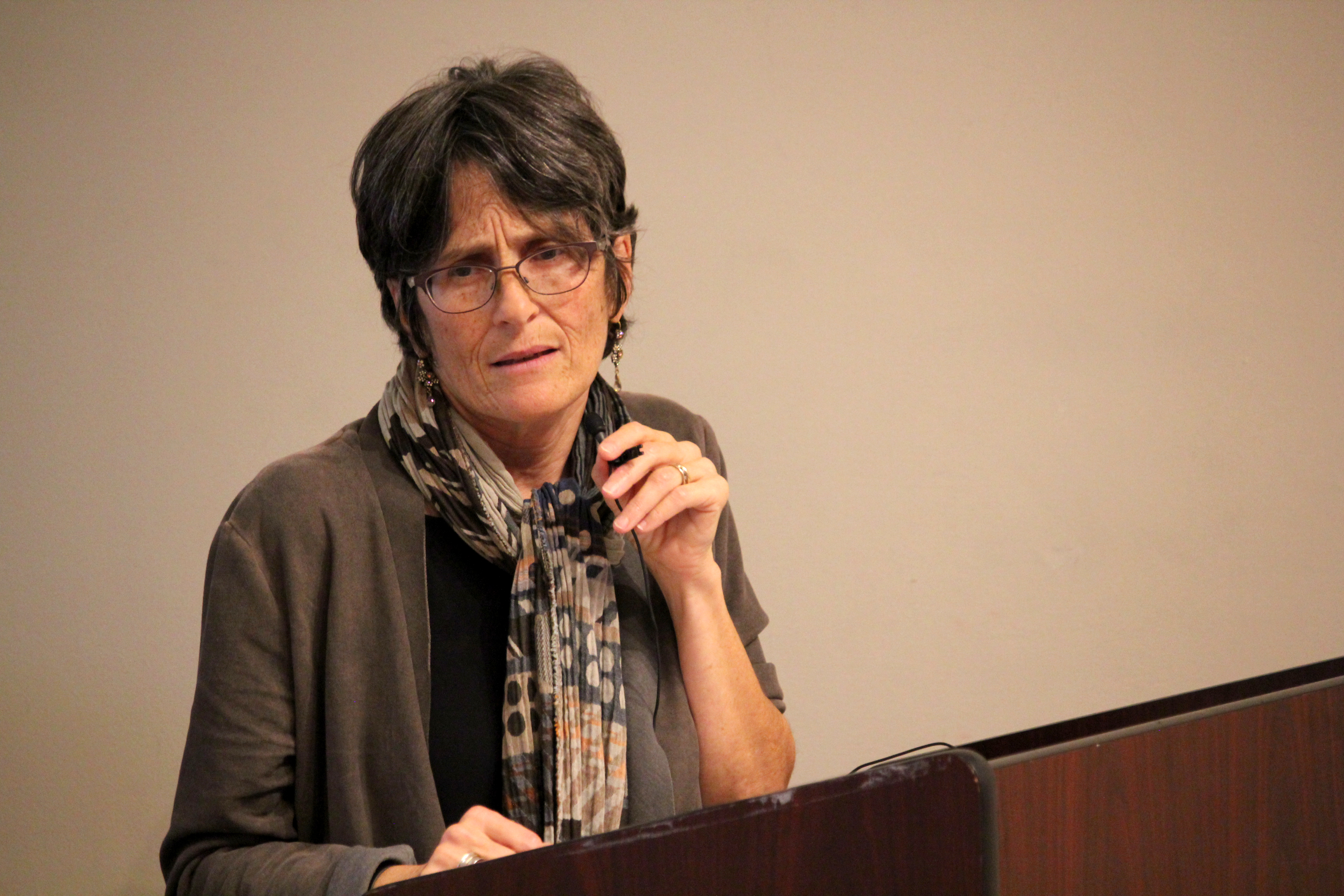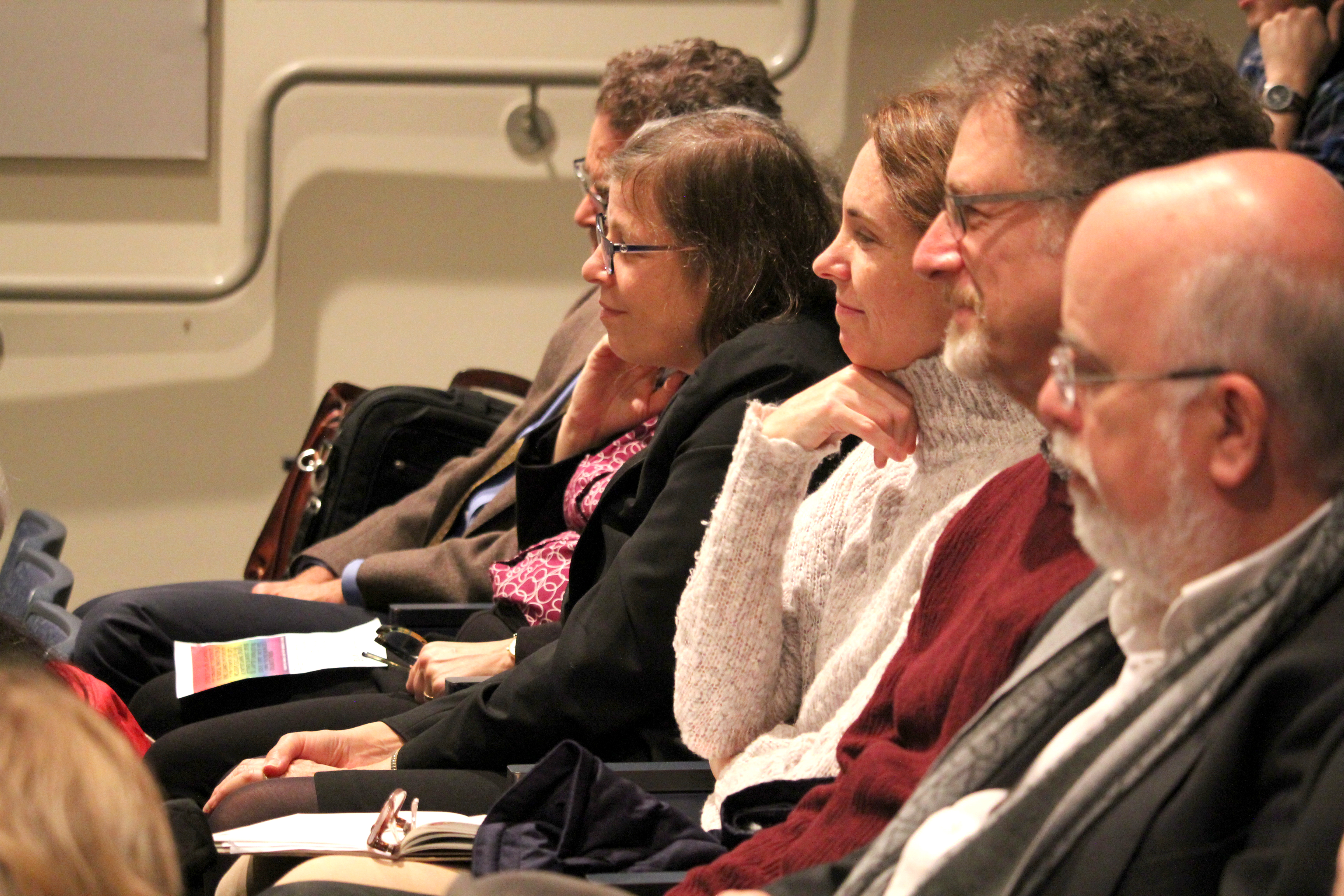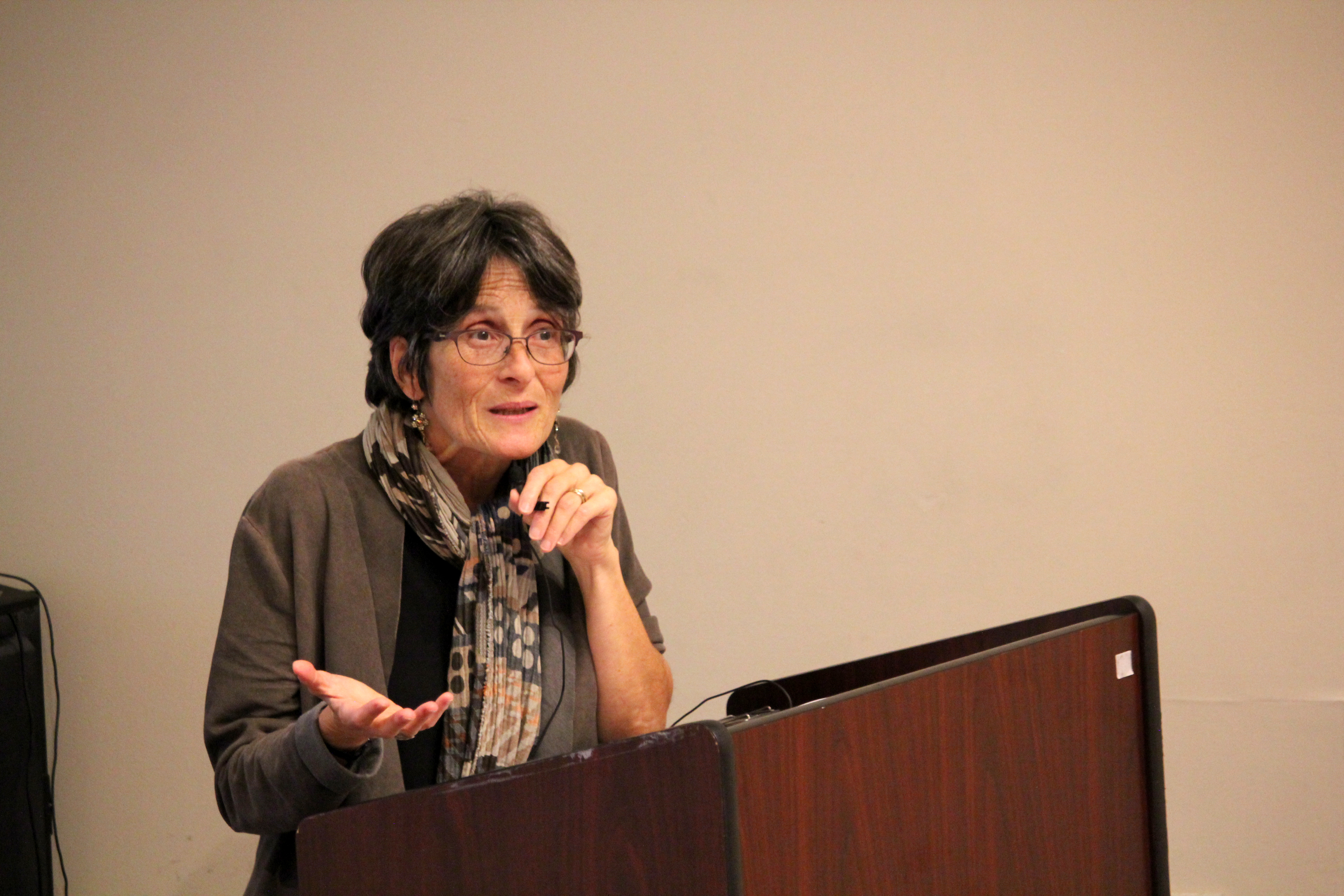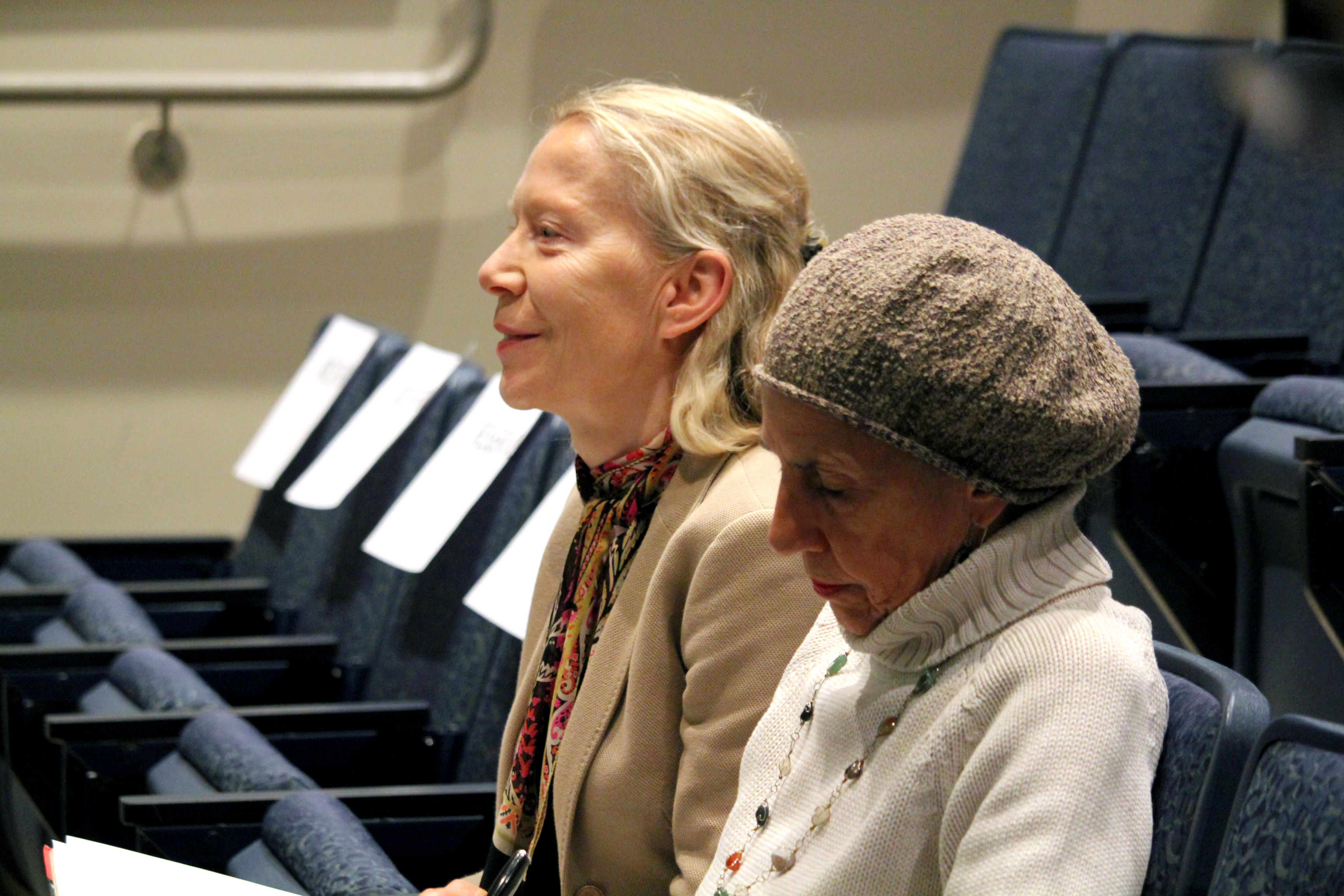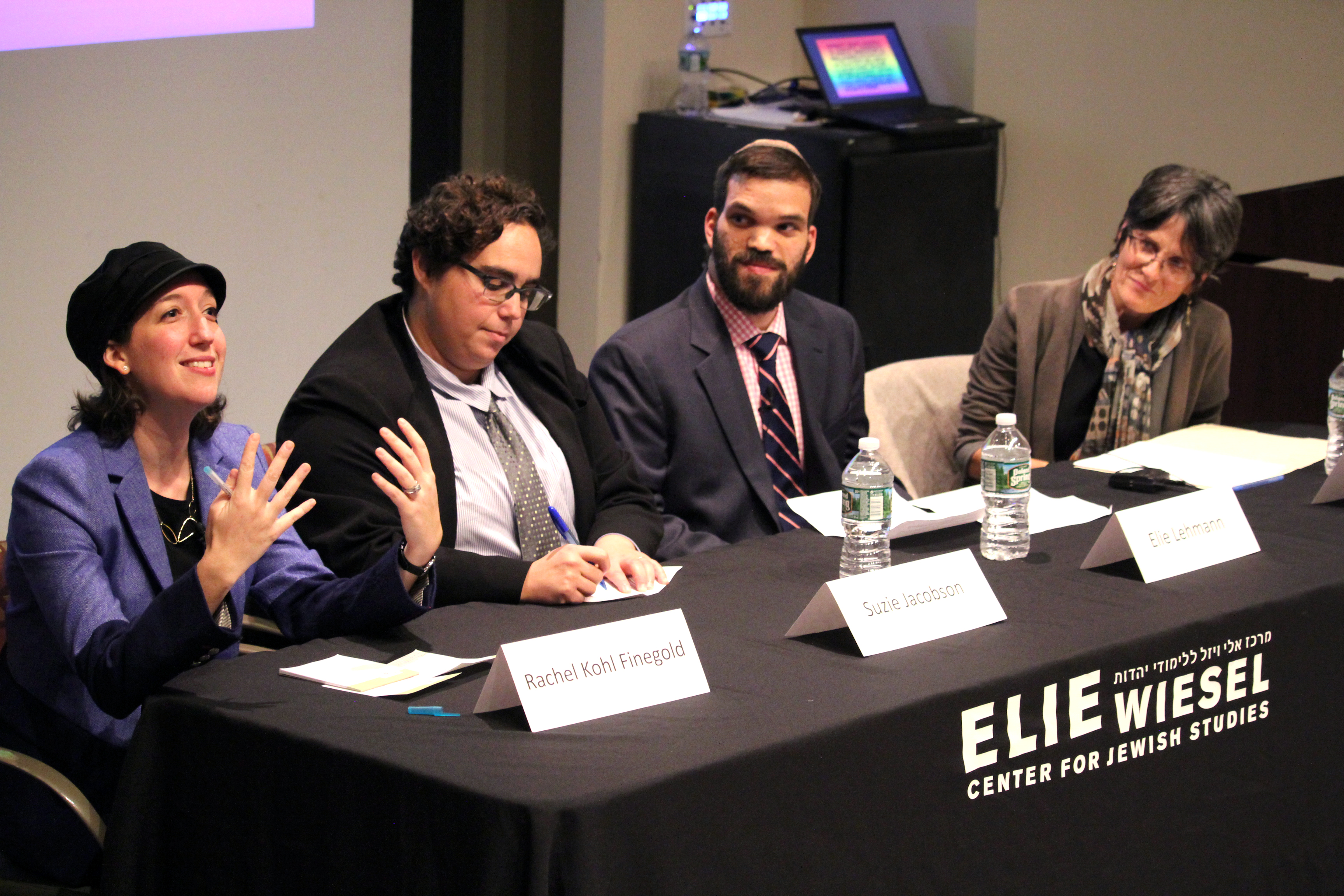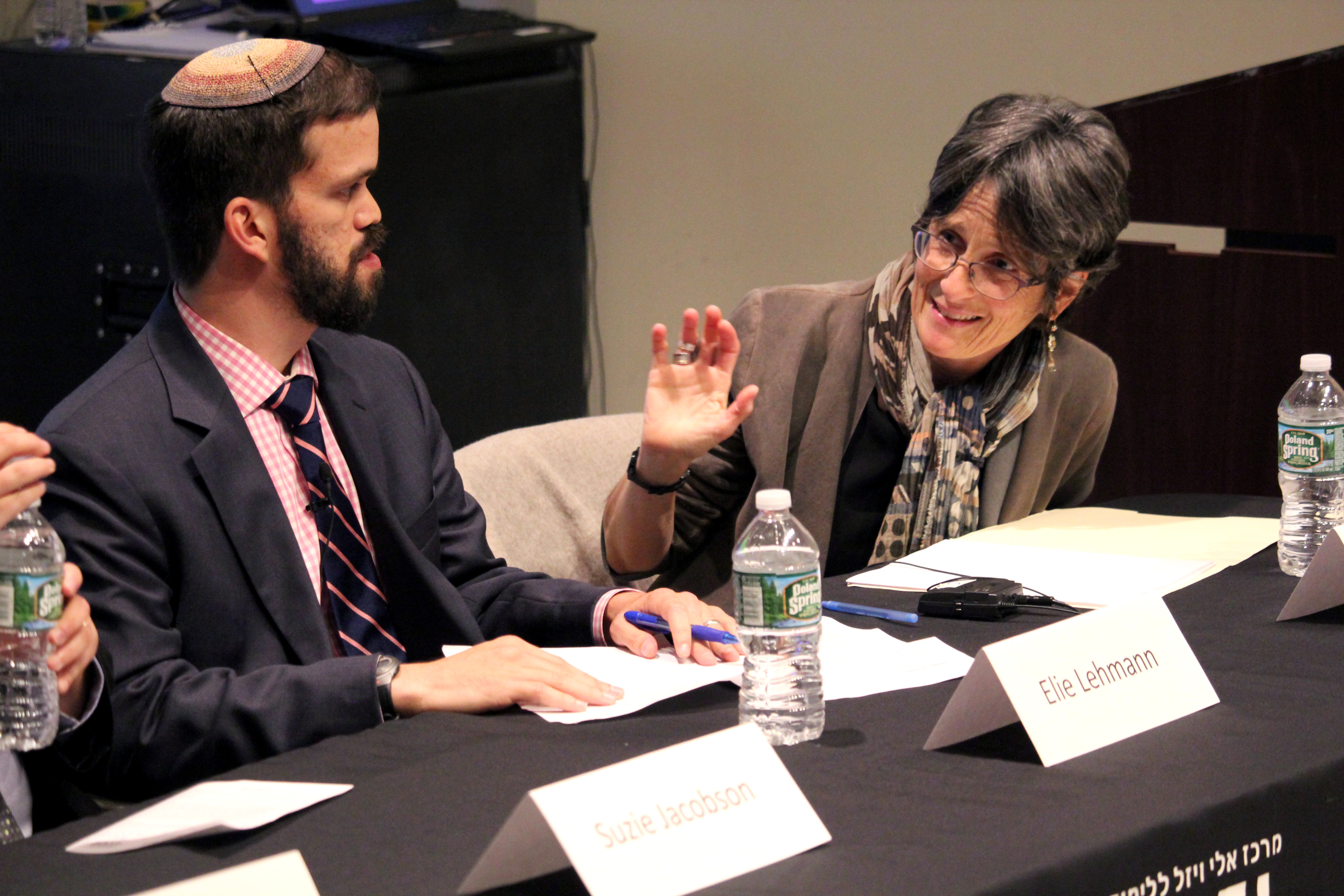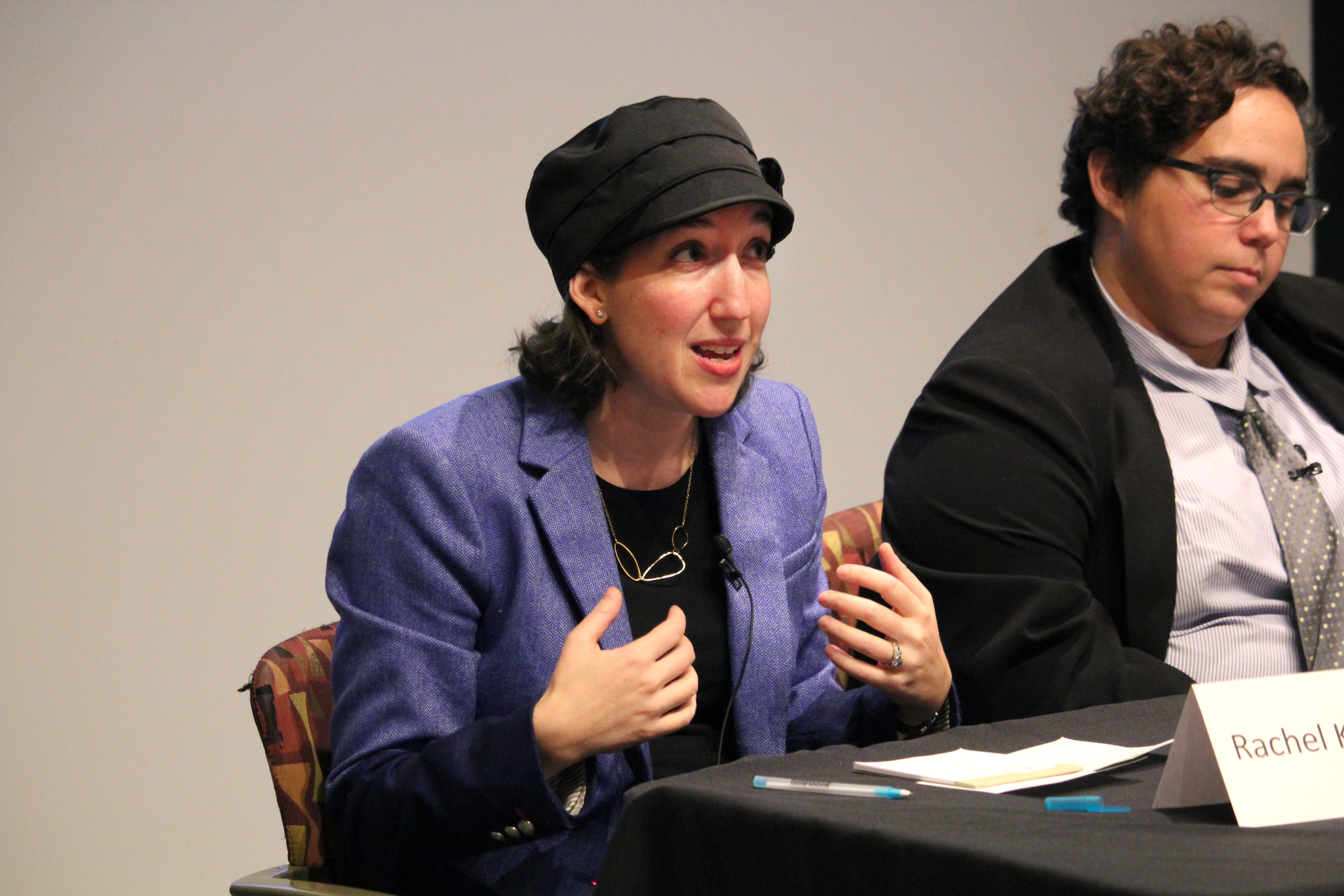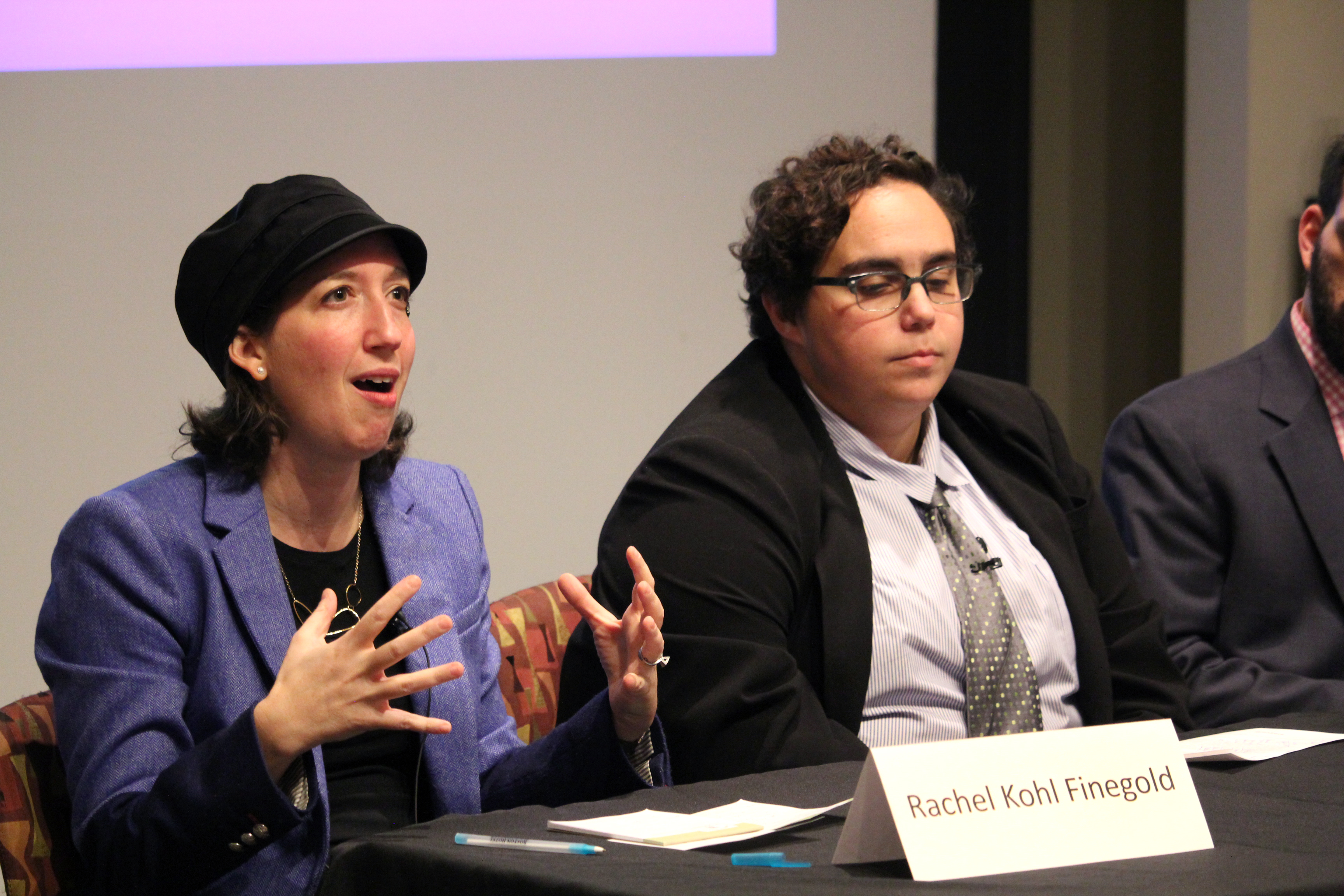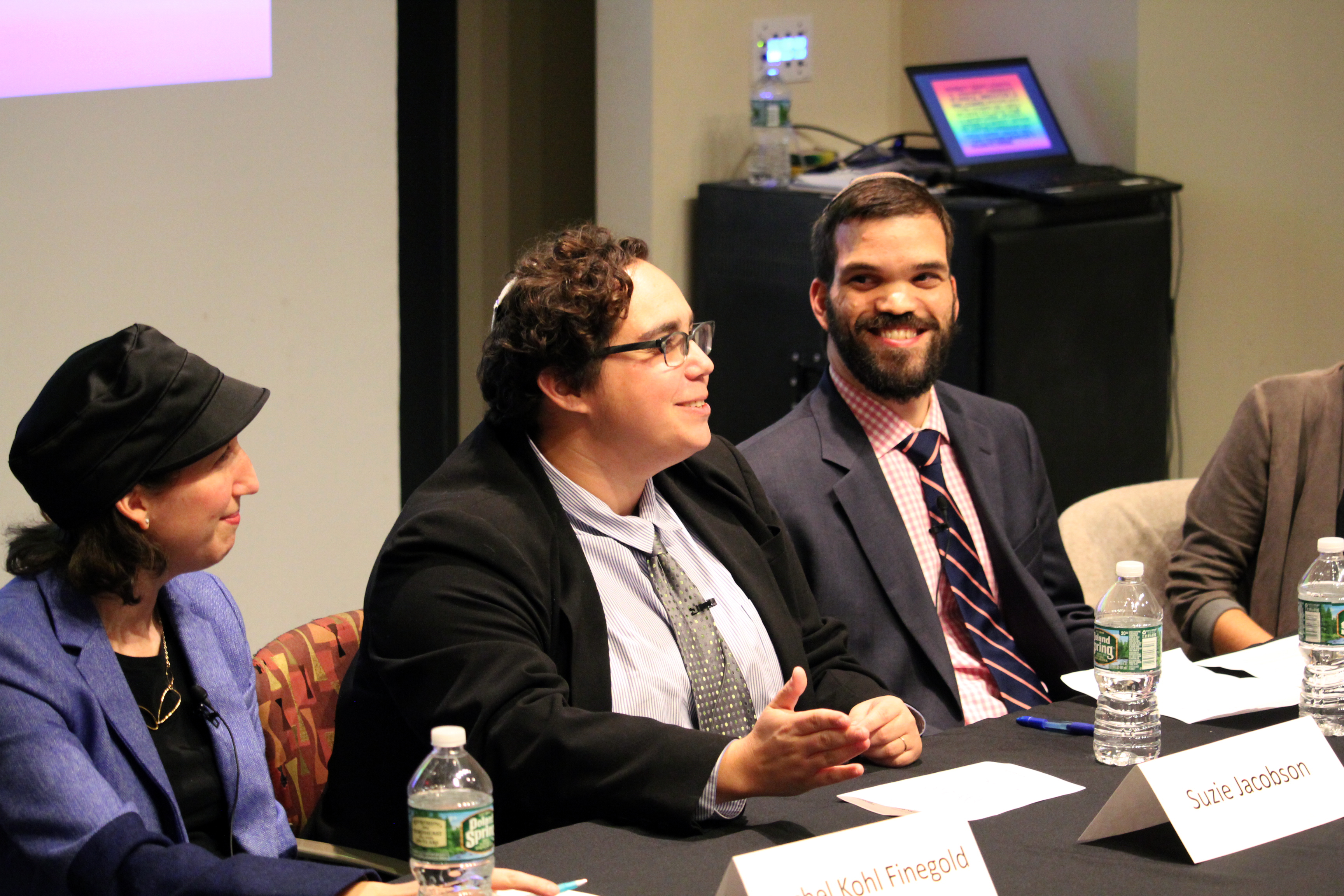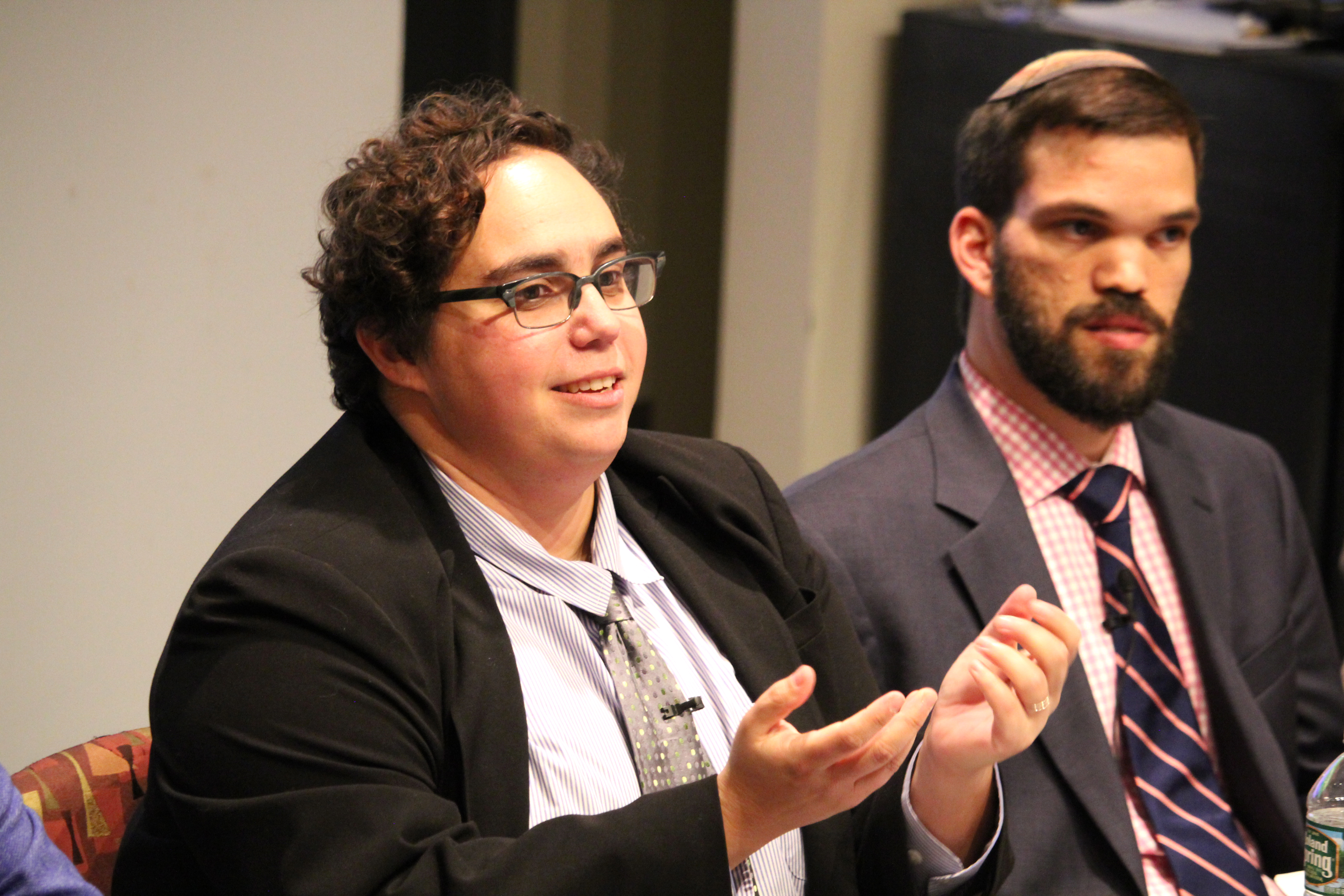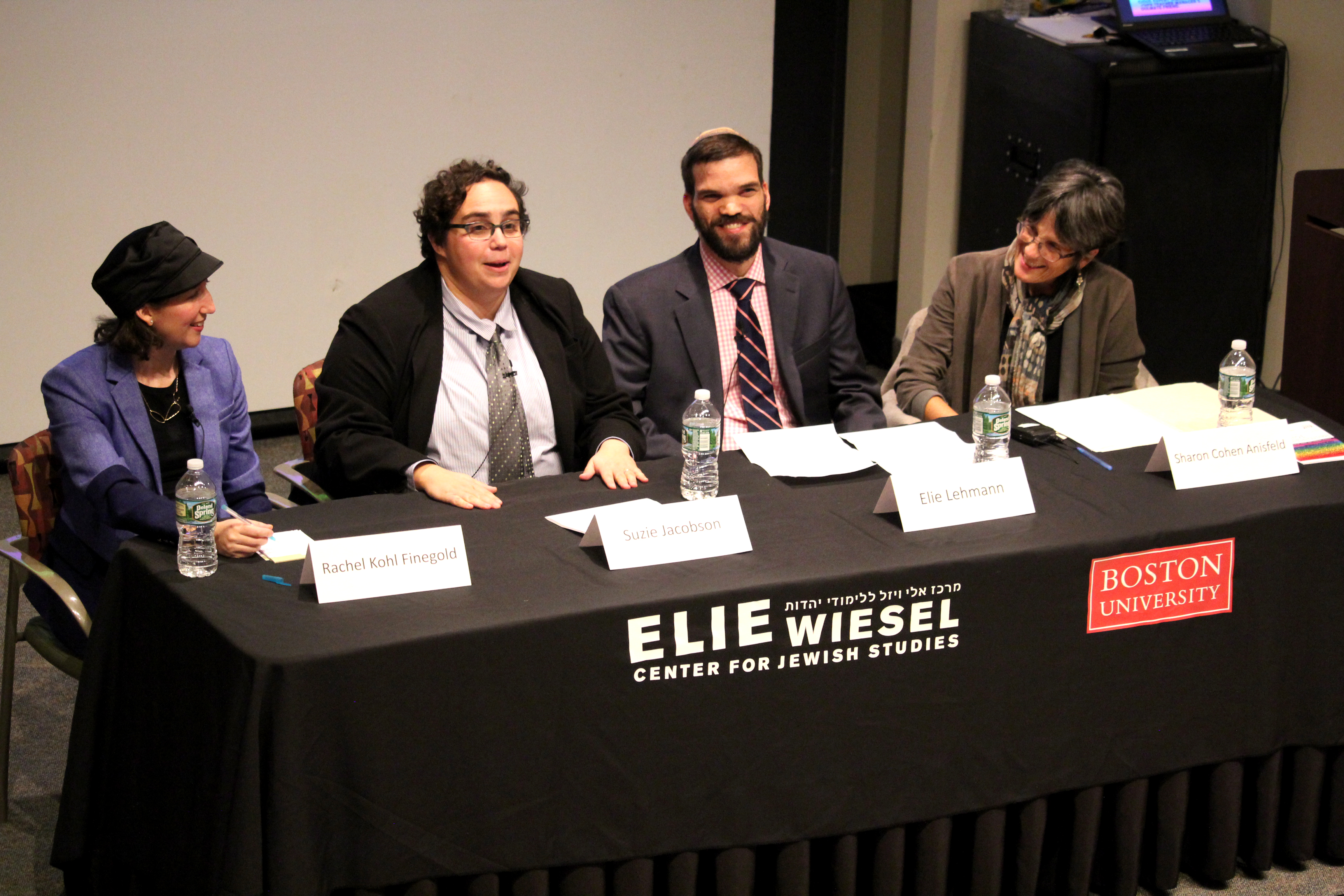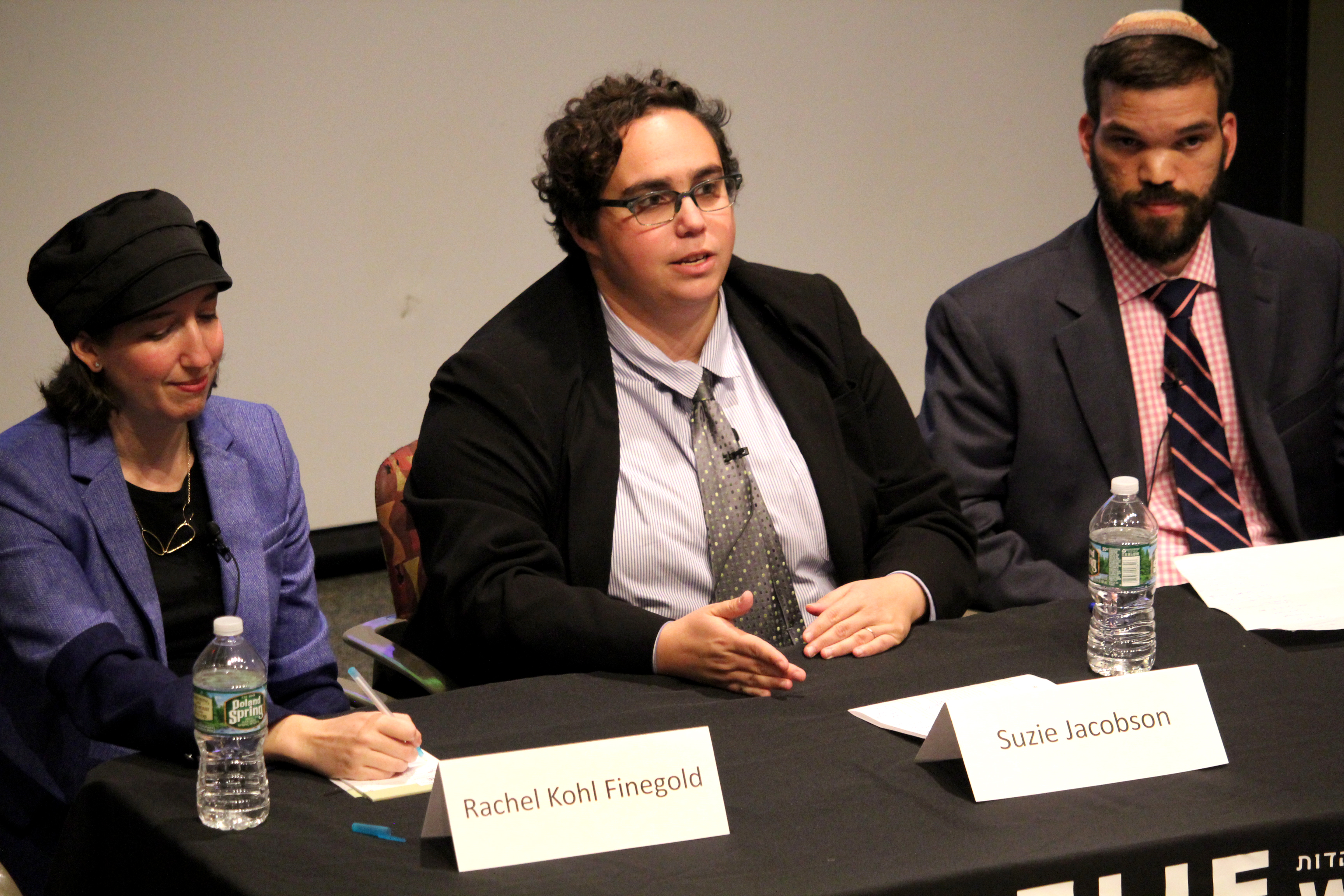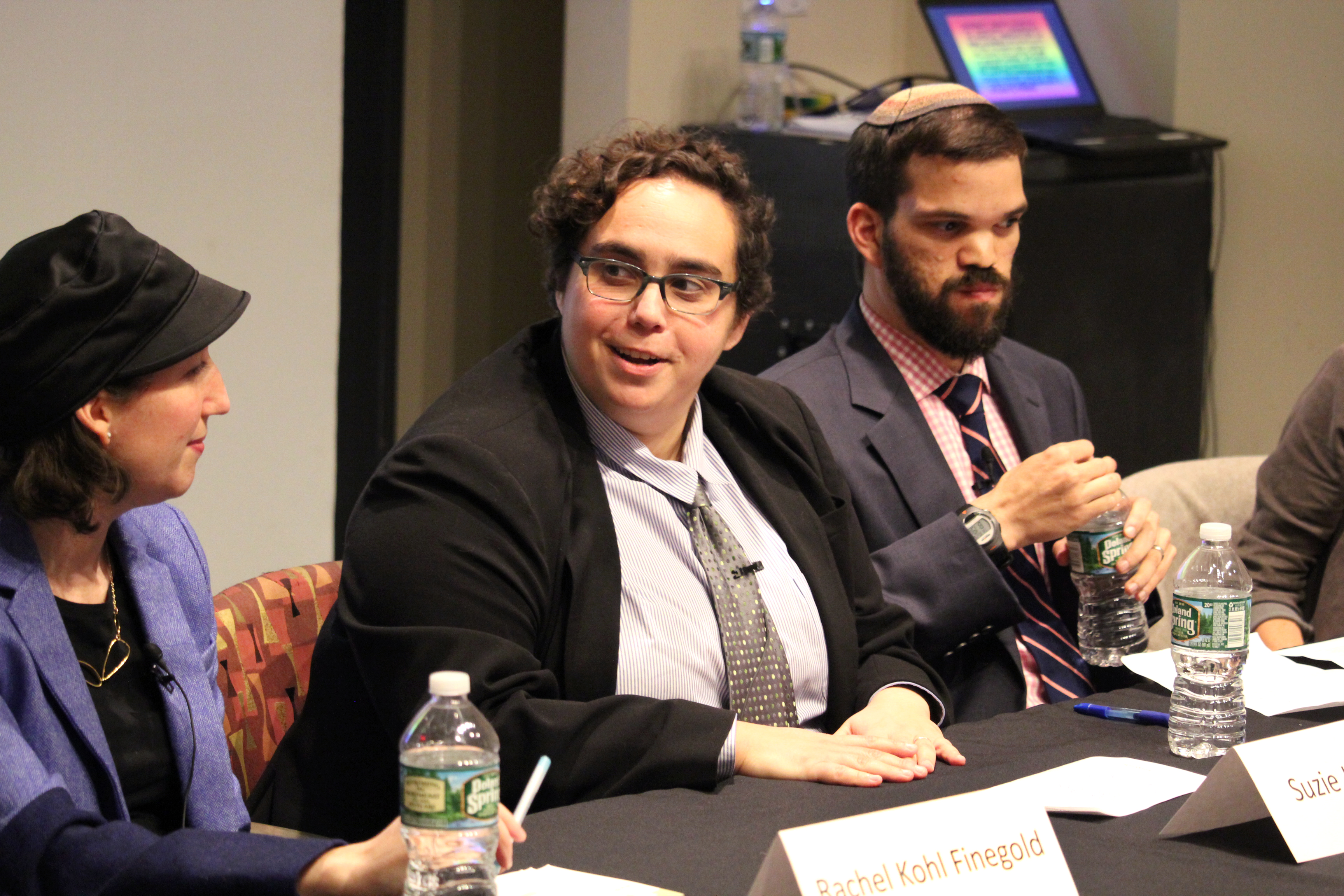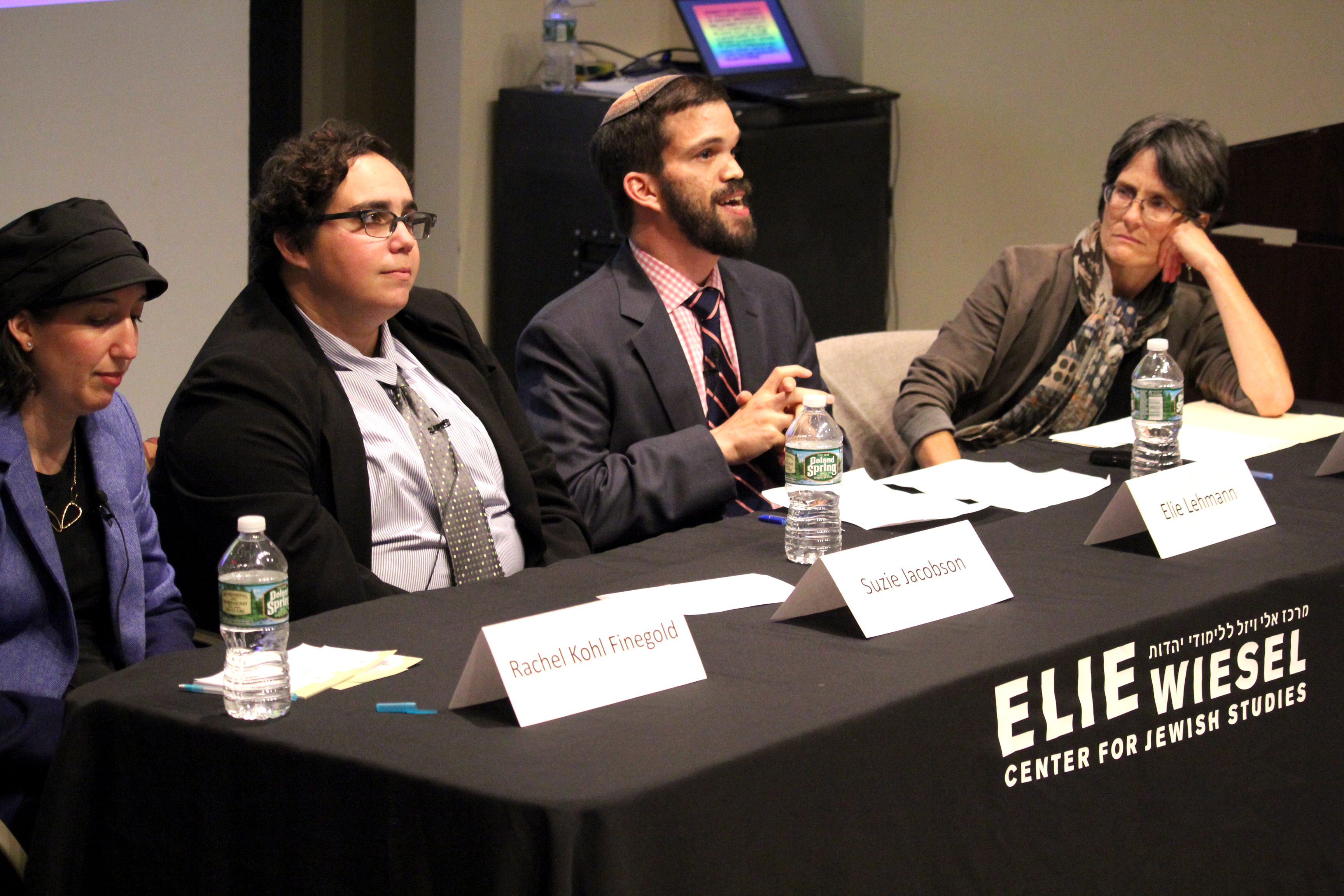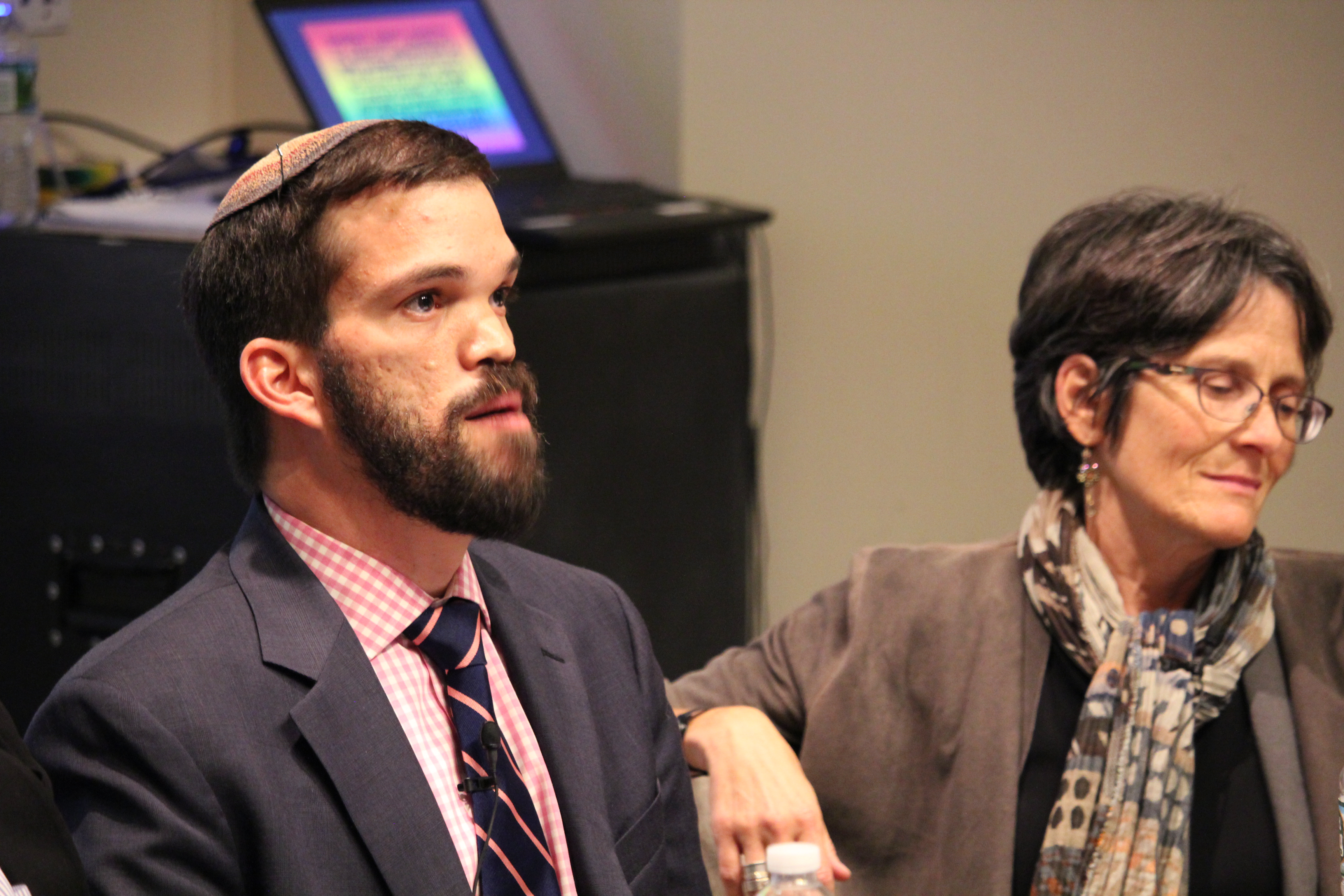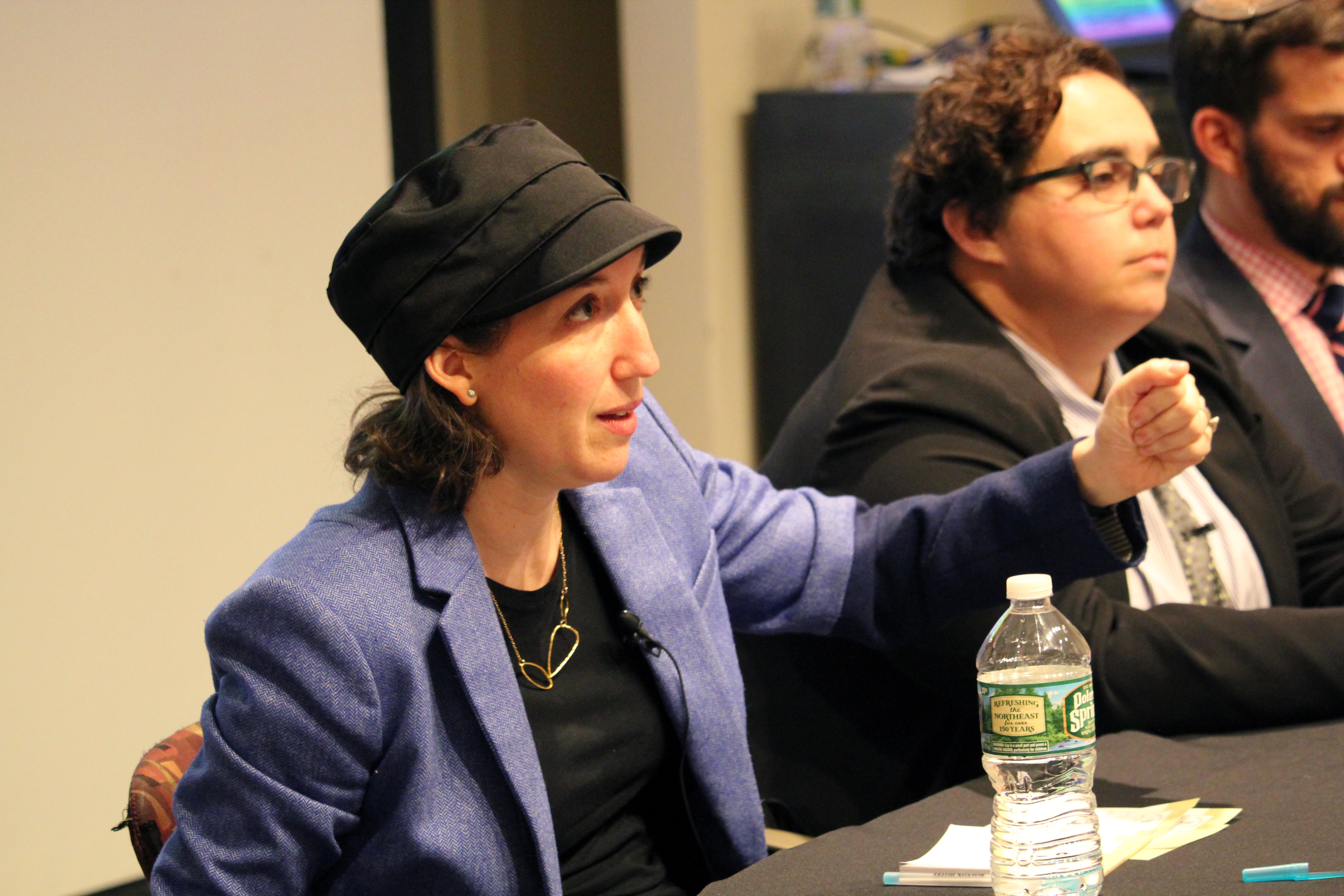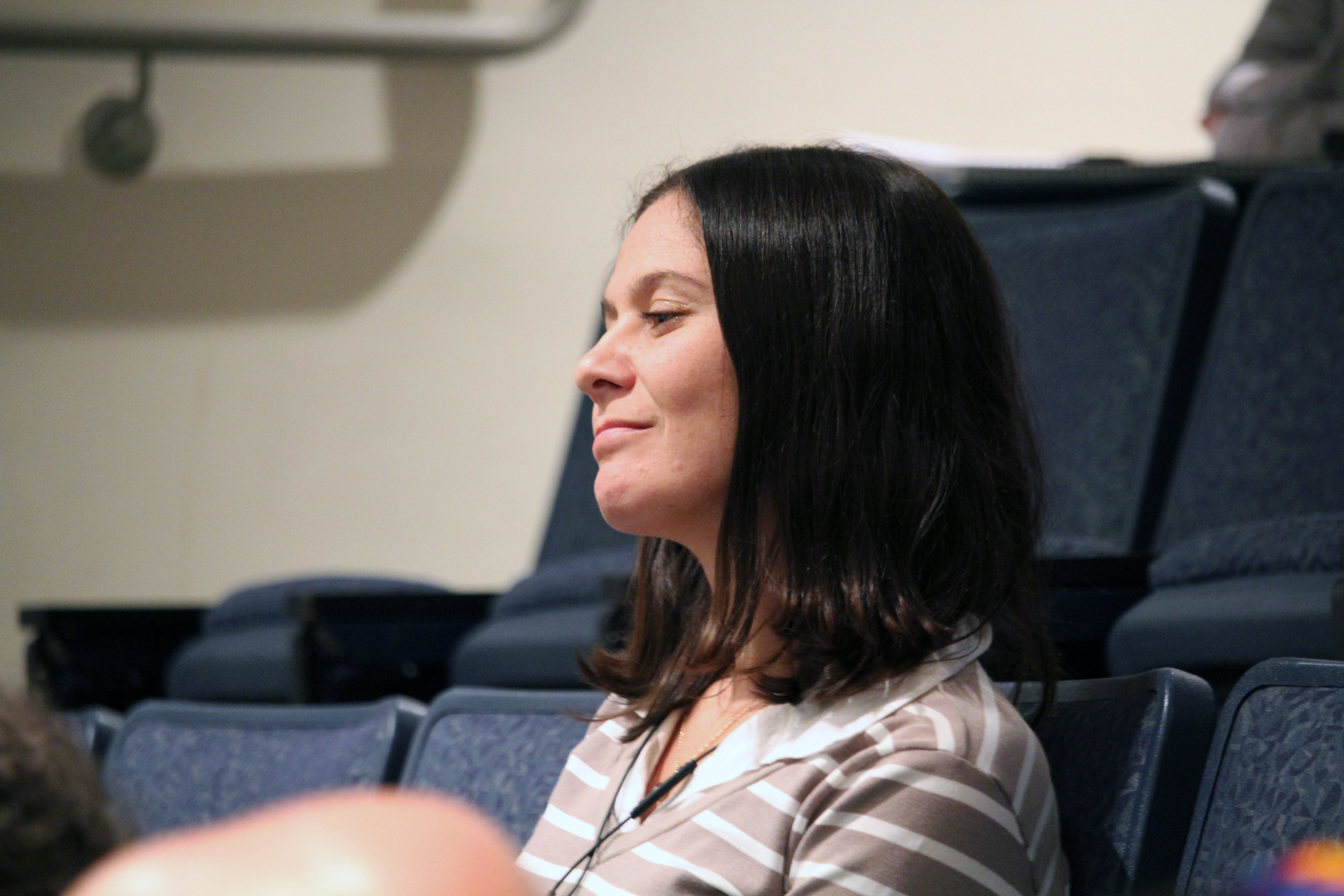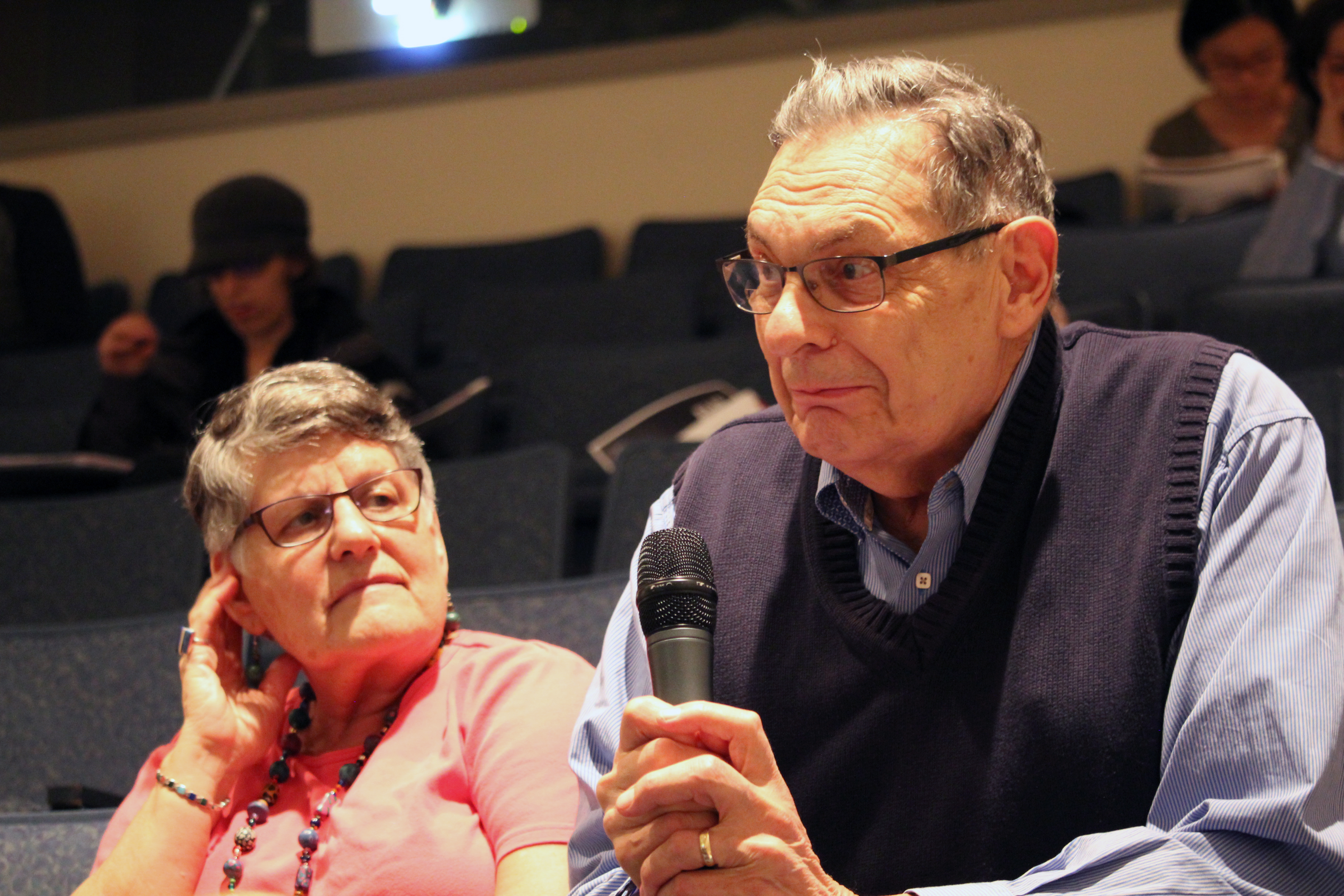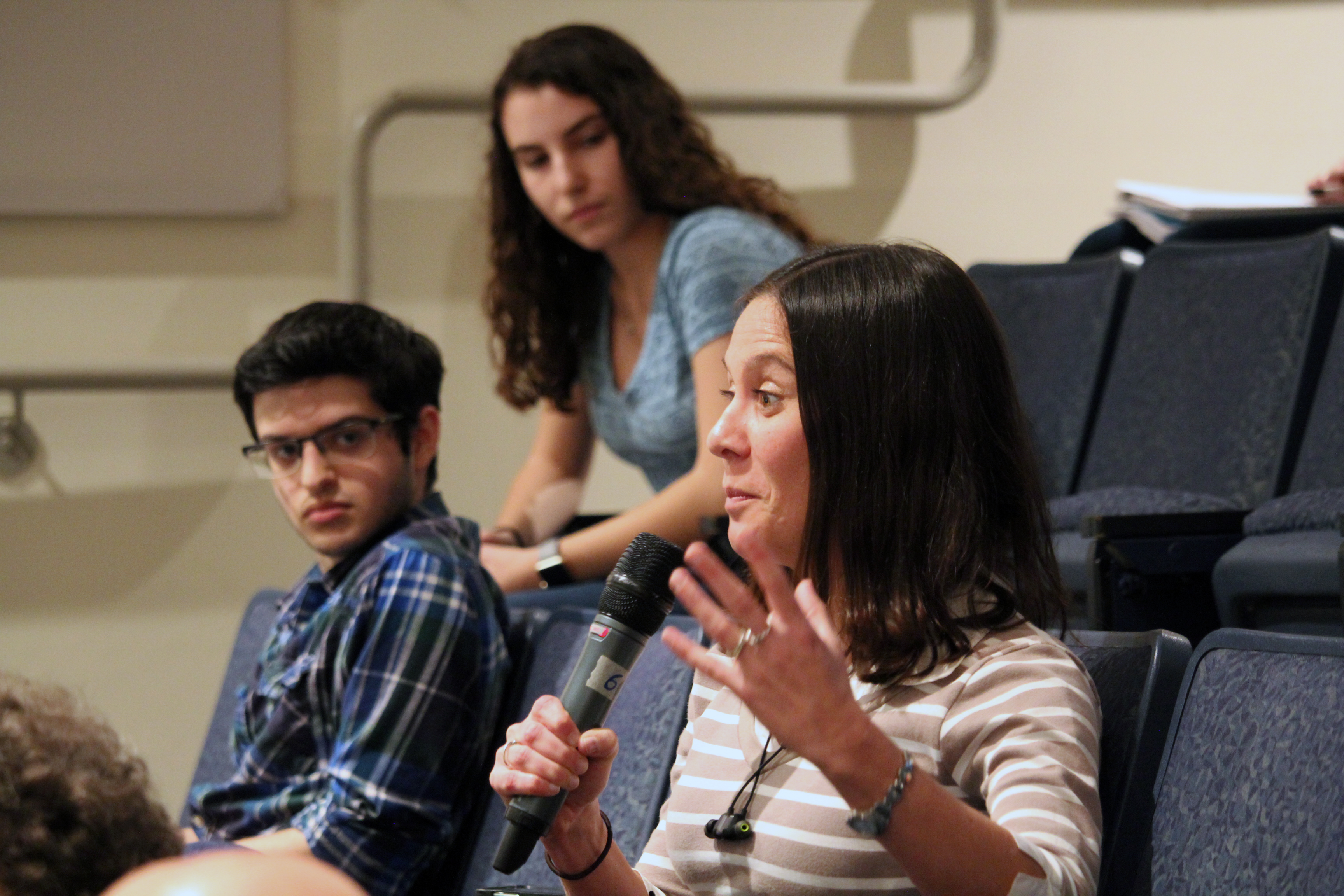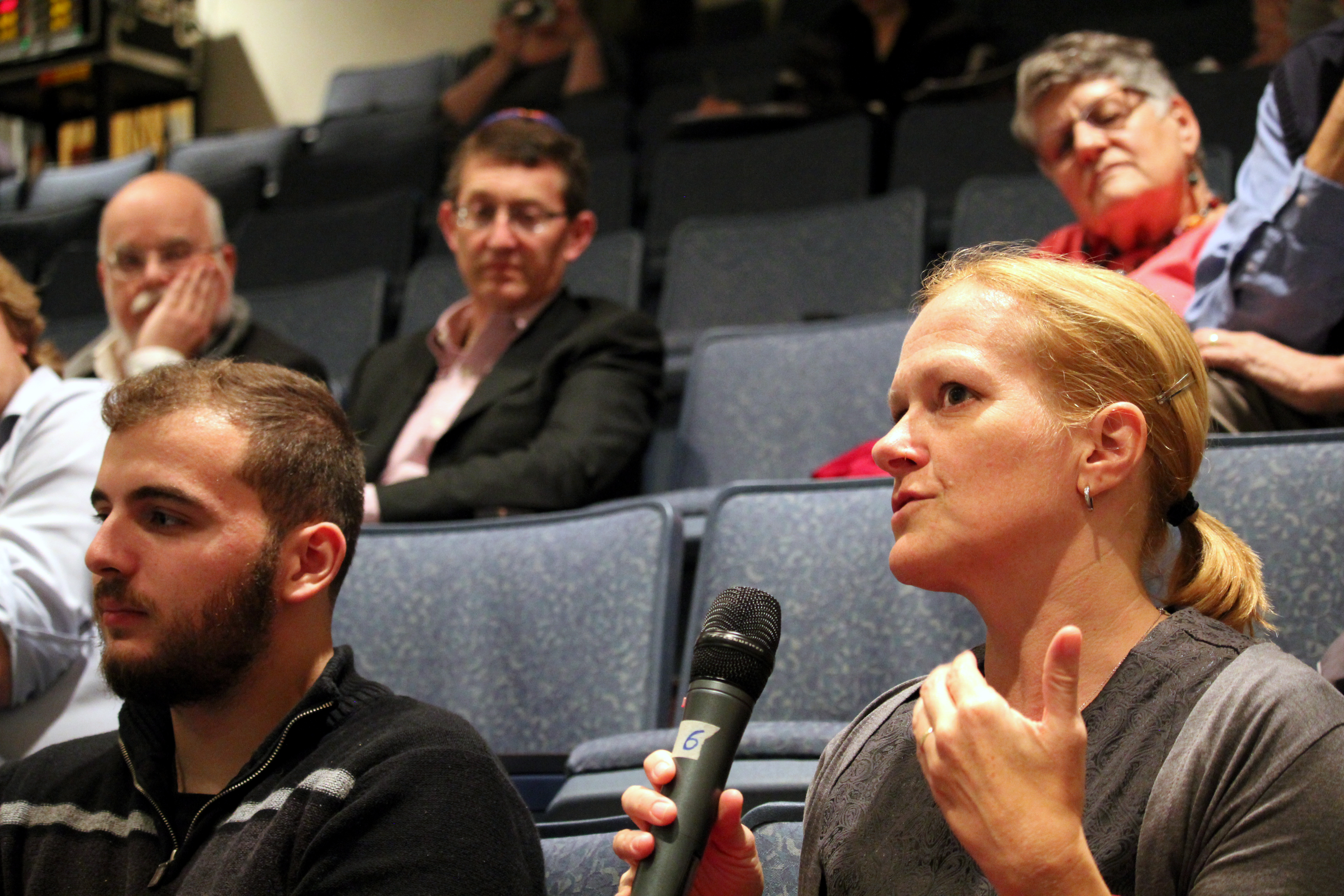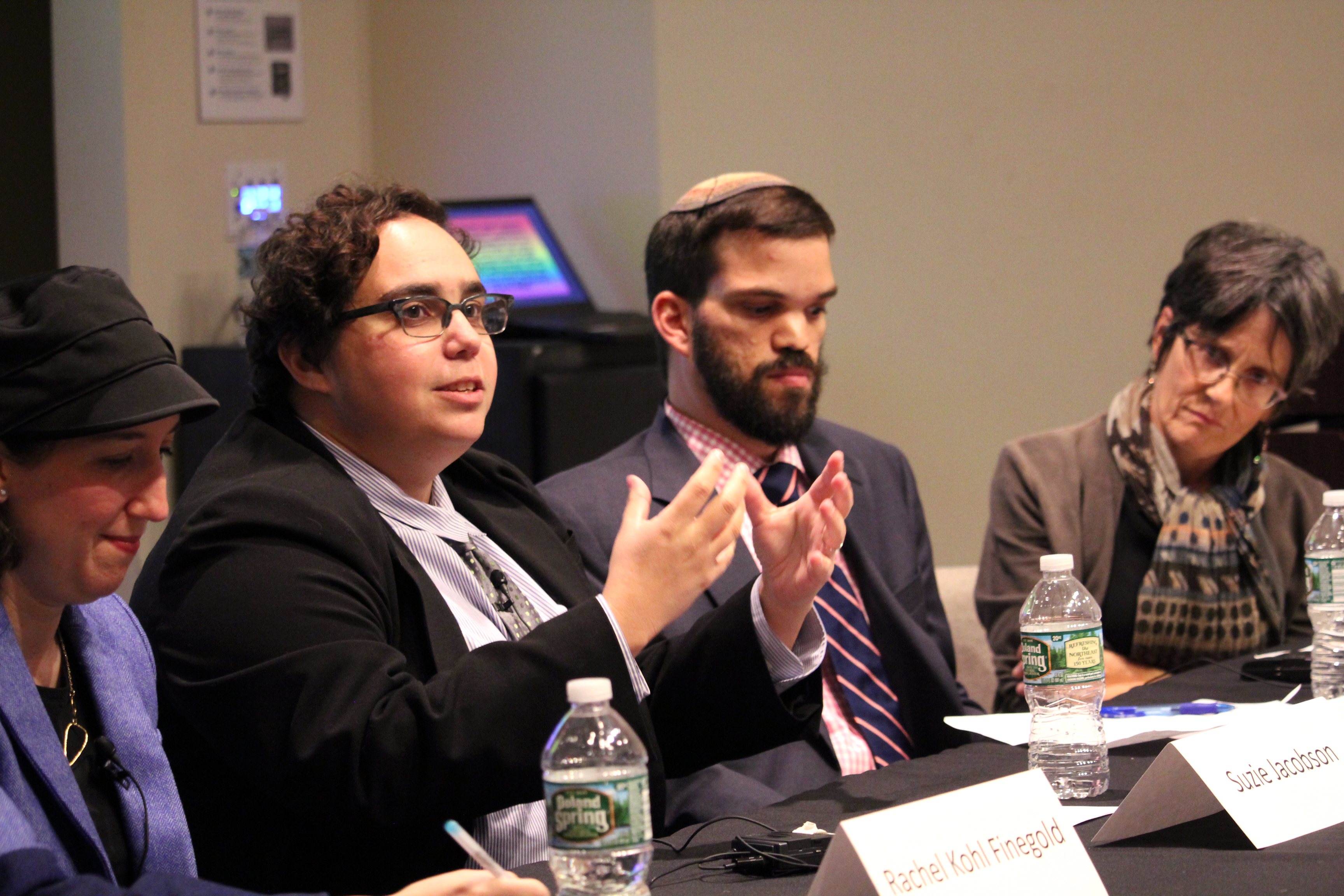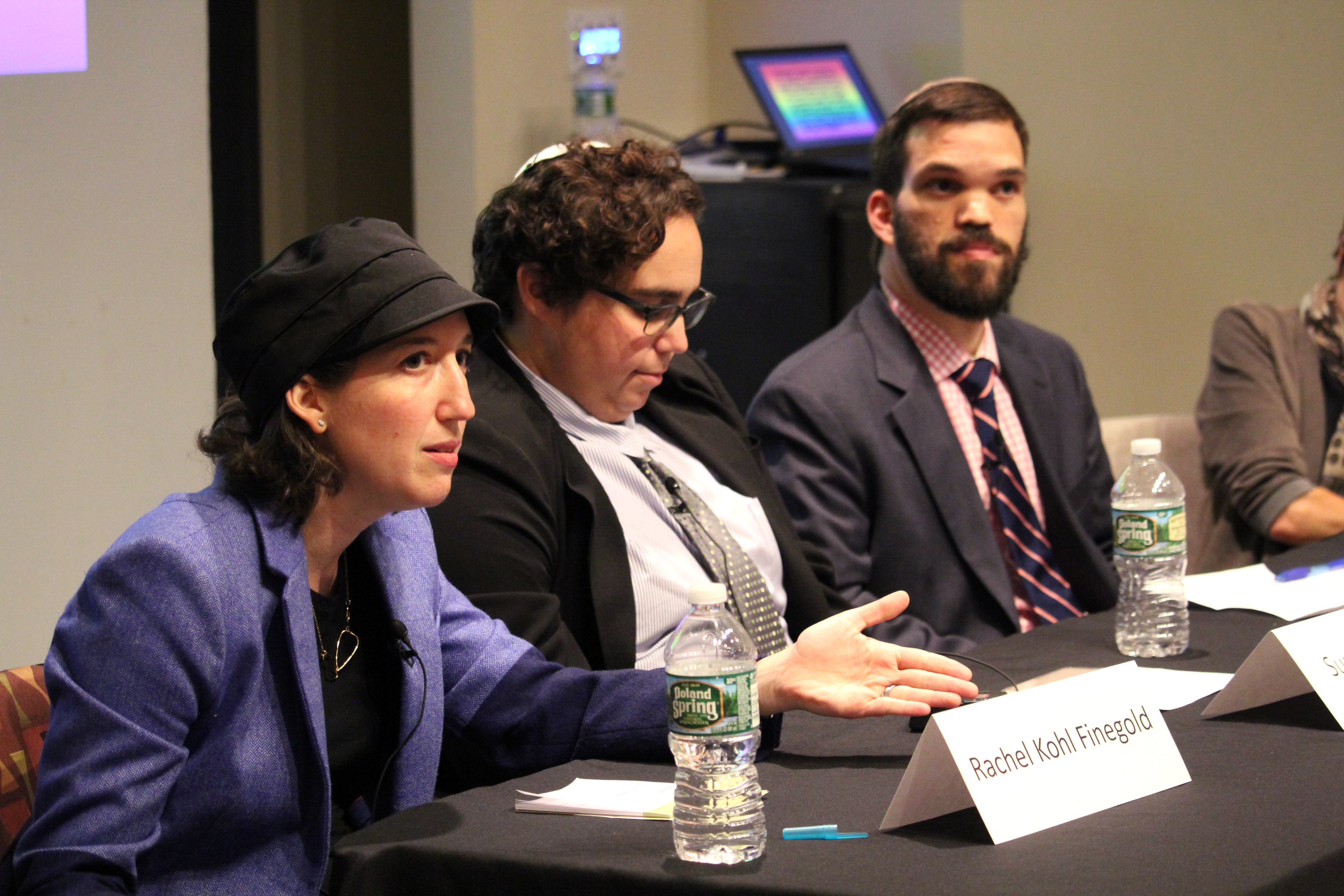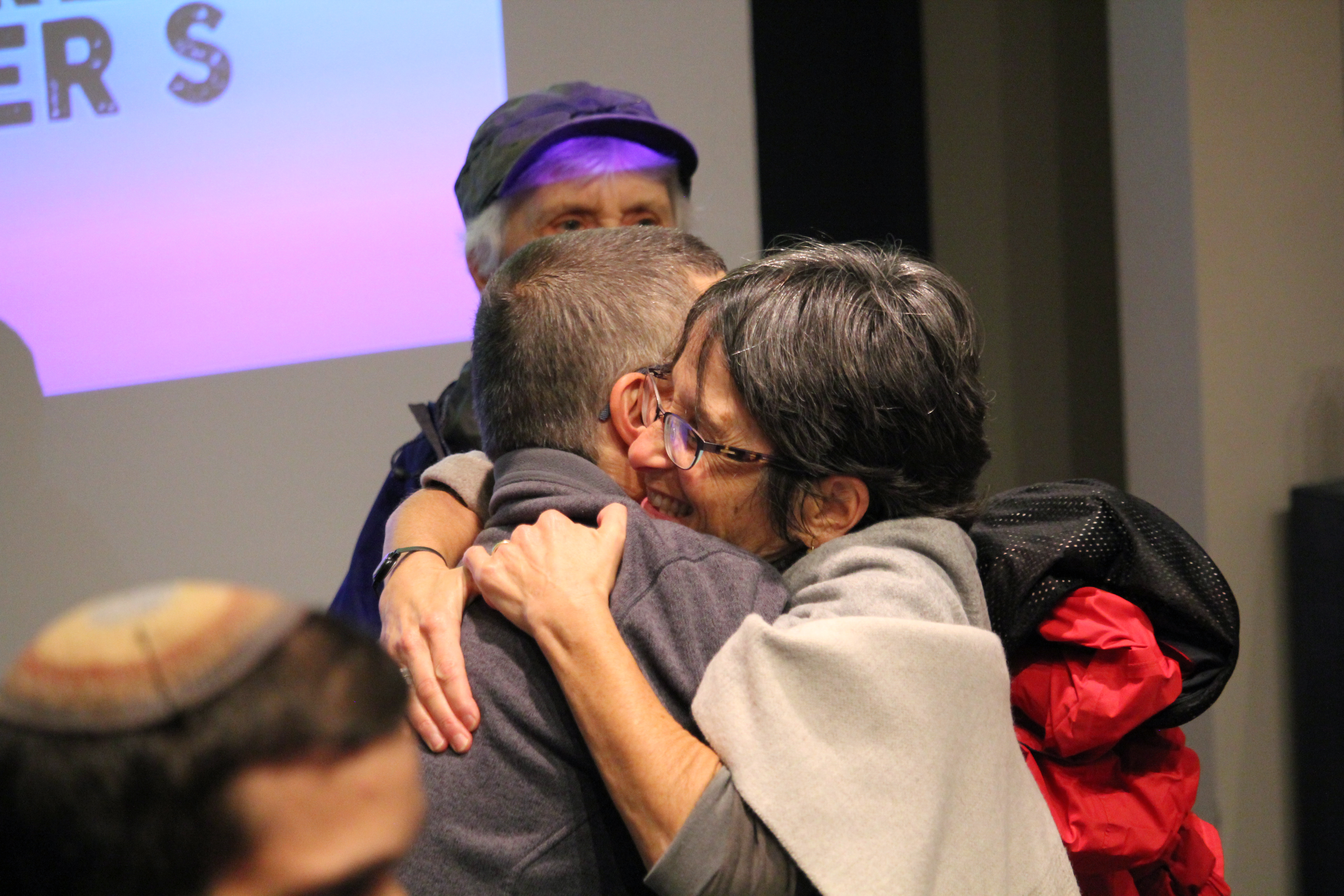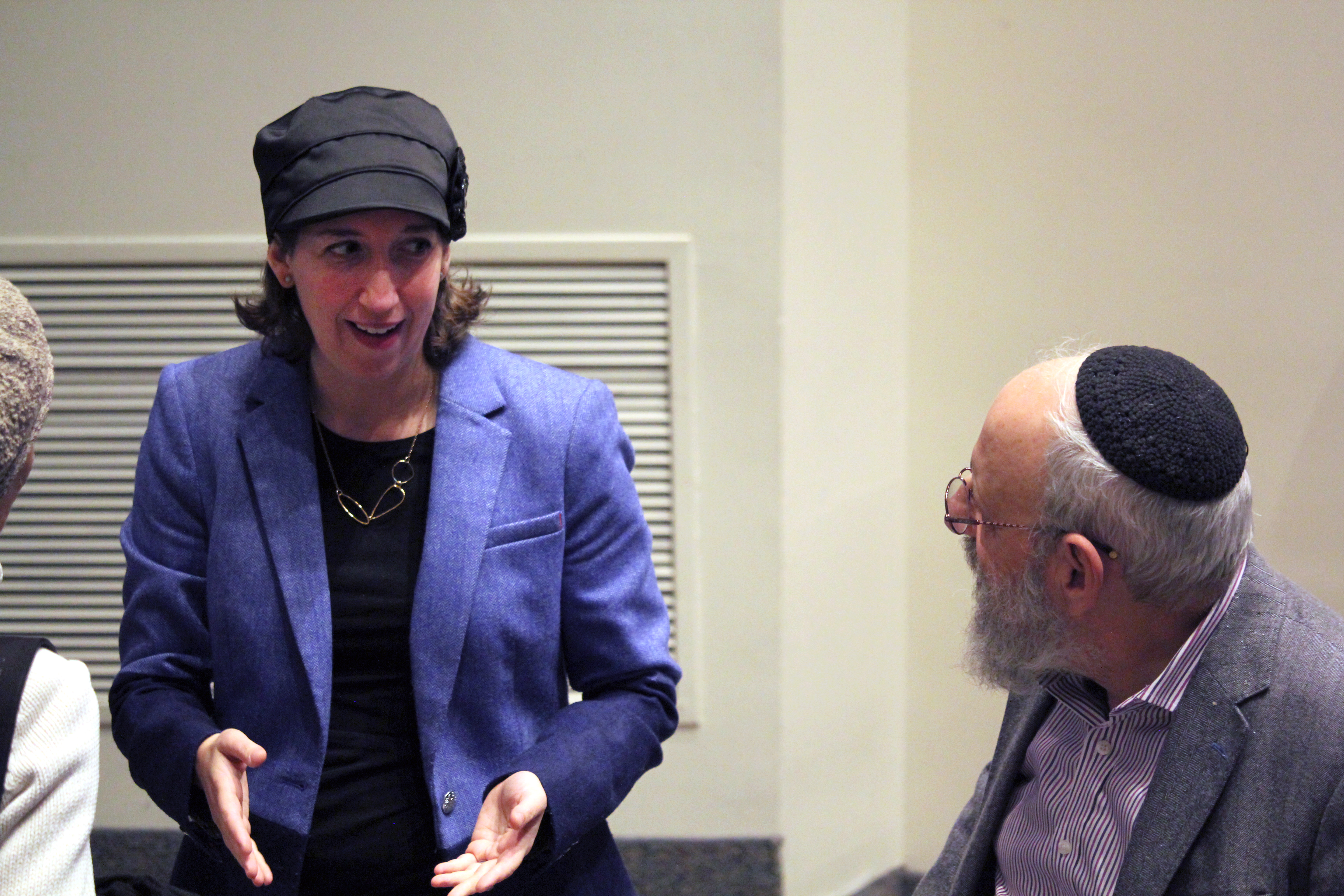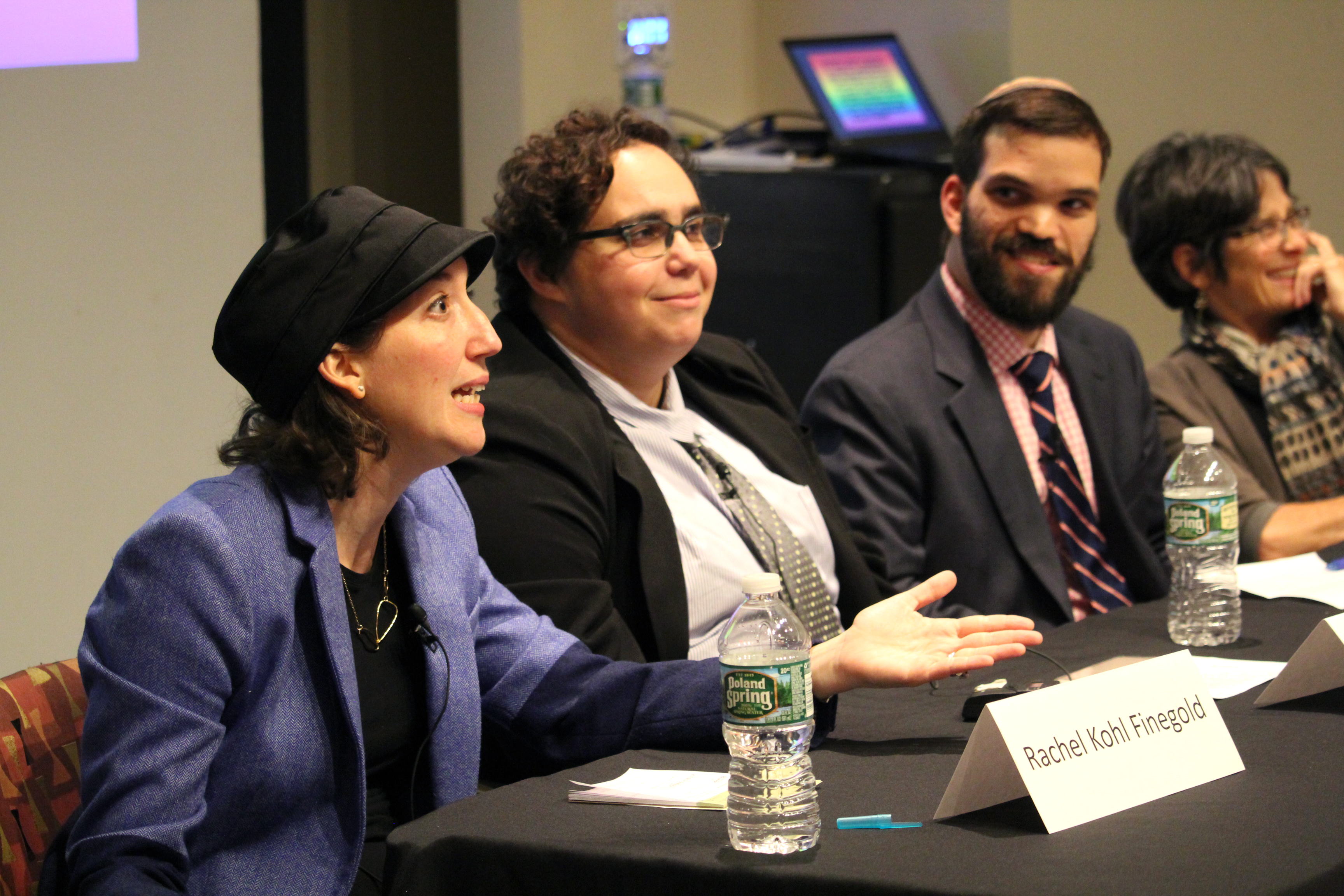The 2017 Leo Trepp Lecture: Reimagining Rabbis
This was the first EWCJS event to be streamed live on Facebook. You can watch the livestream of Rabbi Anisfeld’s keynote speech here and the full panel here.
On October 26, 2017, the Elie Wiesel Center for Jewish Studies hosted the fourth Leo Trepp Lecture at Boston University. The Leo Trepp Lecture Series honors Rabbi Leo Trepp (1913-2010), a revered German-American rabbi and philosopher who was exiled from Germany after brief internment during Kristallnacht. He became a much-beloved advocate of Jewish dialogue and engagement as a rabbi, first in Boston and then in Tacoma, Washington and Berkeley, California. His many publications include History of the Jewish Experience and The Complete Book of Jewish Observance. 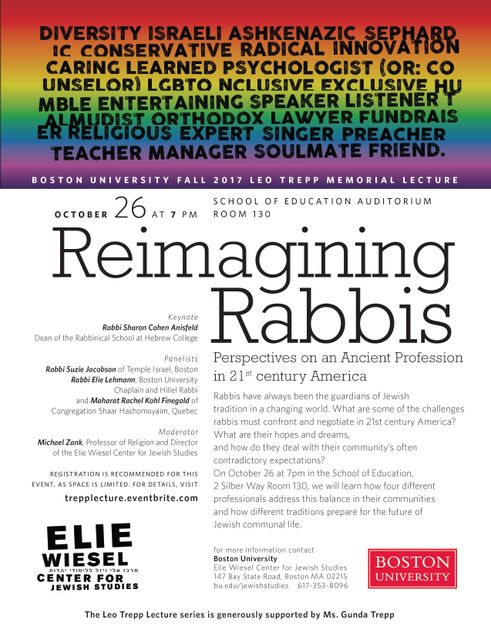
Rabbi Sharon Cohen Anisfeld set the tone for the following discussion. She started with the analogy that rabbis are “doorways” to Jewish life; therefore, it is imperative for rabbis to realize that how they respond to people seeking connection to Jewish life can either open or close that door. She suggested that rabbis should emphasize authentic, human encounters in their day-to-day relationships in order to foster Jewish life in their communities. She continued by saying that she believes that rabbinic work in 21st century North American context also means retrieving a rich, emotionally resonant Jewish “language” that has been lost. The shared vocabulary, literature, and rituals that link Jewish communities to one another and the past has been diminished in the North American Jewish experience. This “cultural repair” can only occur, she argued, if rabbis have an answer to the question: “Why be Jewish?” Wrestling with this question enables rabbis to establish human connection and to respond with authenticity to their community members.
This theme of relationship-driven change continued into the panel discussion. Maharat Rachel Kohl Finegold (Congregation Shaar Hashomayim of Quebec) started by asking the question, “How do we engage Jewish institutions in the 21st century?” As one of the first Orthodox women to be ordained as a maharat, she spoke from her own experience when she said that Jewish institutions such as the synagogue and the rabbinate itself are rapidly shifting and changing. Although some of these institutions might resist change, she argued that leaders cannot force change. Leaders must first build relationships and trust before change can occur. The second panelist, Rabbi Suzie Jacobson (Temple Israel of Boston), followed by emphasizing that she also prioritizes relationships in her work. She does not position herself as an all knowing repository of knowledge with her community, but rather, as a seeker also wrestling with the questions of the world, including the question posed by Rabbi Sharon Cohen Anisfeld: “Why be Jewish?”
Rabbi Elie Lehmann of BU Hillel ended the panel discussion by reflecting on his experience working at a university. He remarked that many of the questions that Jewish undergraduates ask him, on the surface, might not seem like “Jewish” questions. They ask him what classes they should take, what careers they should pursue, or who they should date. Rabbi Lehmann argued that these questions should also be part of their Jewish questions as well, and a rabbi can help them respond to these questions. His aim therefore is to provide access to Jewish life. This means being present and listening to the concerns of undergraduates and helping them to participate fully in Jewish community.
The lecture and panel sparked a robust discussion with the audience. Because of the wealth of experience on the stage, audience members asked very practical questions like how to navigate discussions surrounding the State of Israel while working with college students. Another audience member asked about how to welcome non-Jewish spouses or partners into Jewish life. The panelists responded by drawing on their own experience, sharing anecdotes from their work in their own communities on how rabbis can respond to the unique challenges of the 21st century.
Photos by Lauren Andrea-Lucia Hobler
